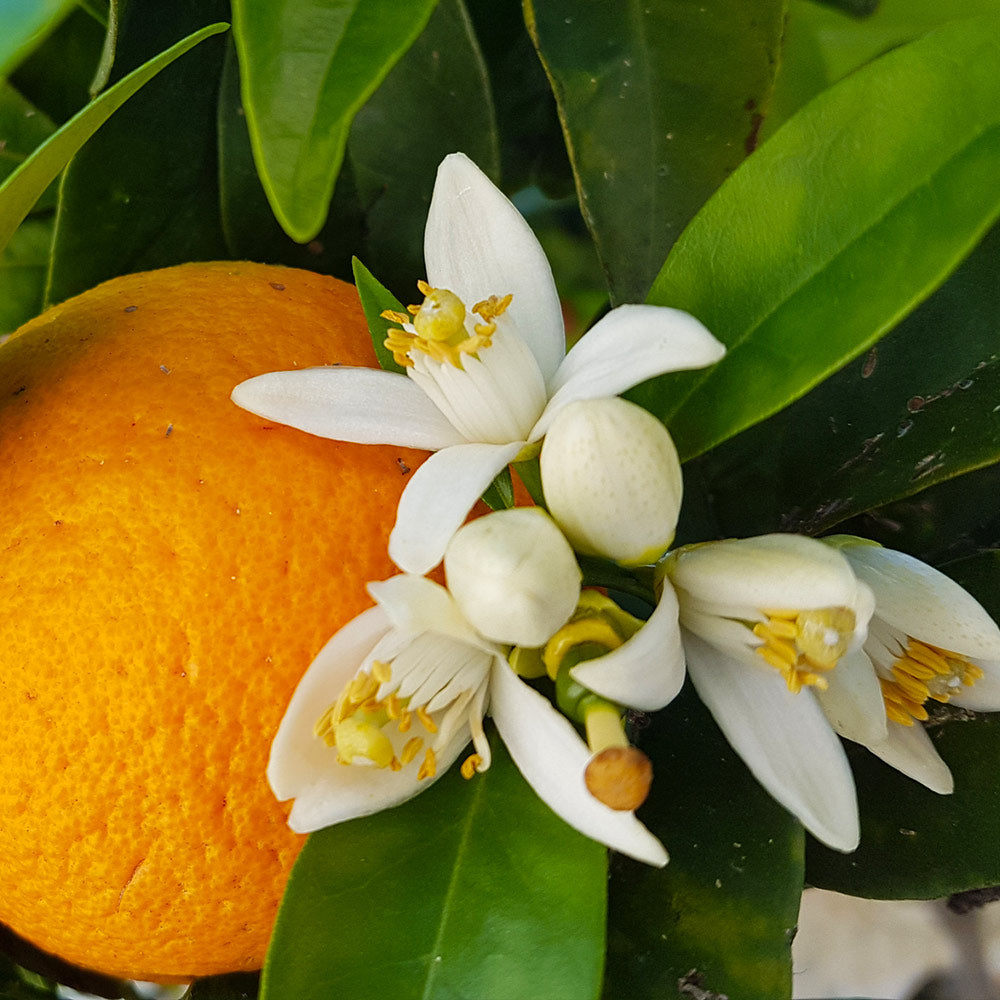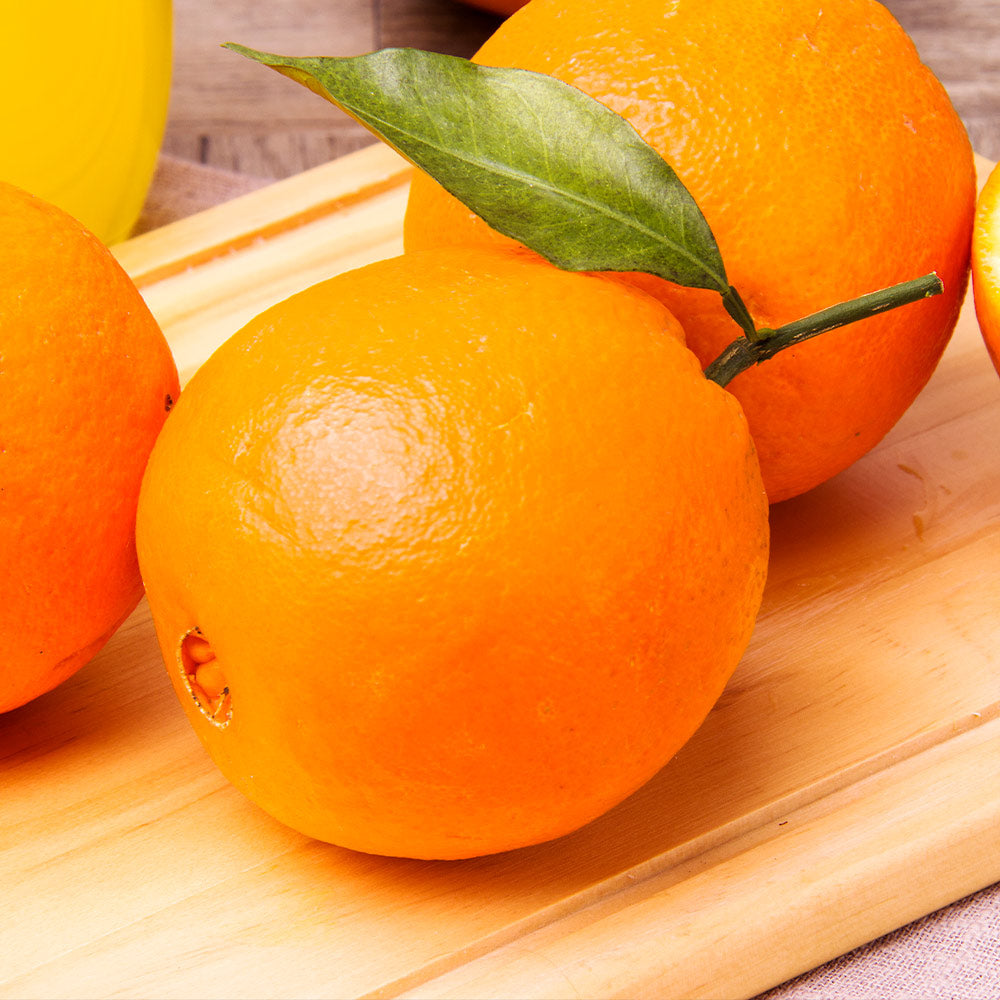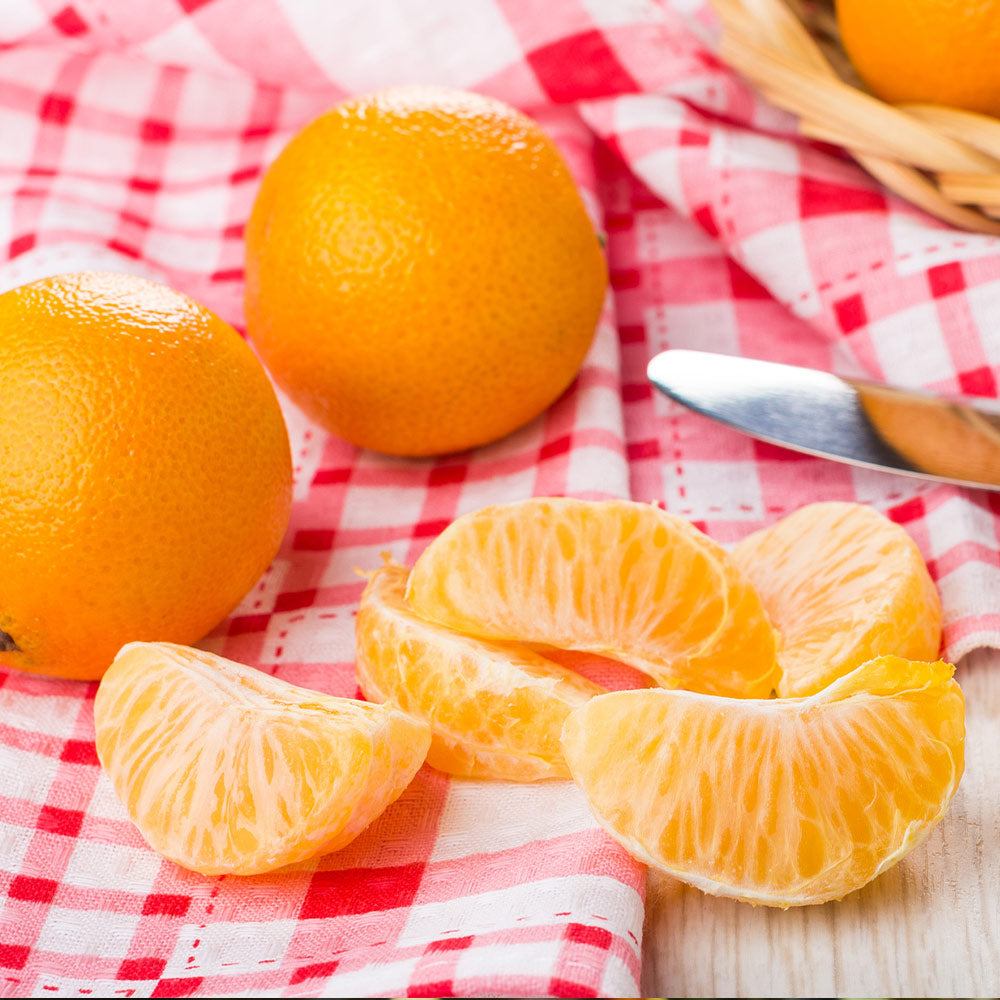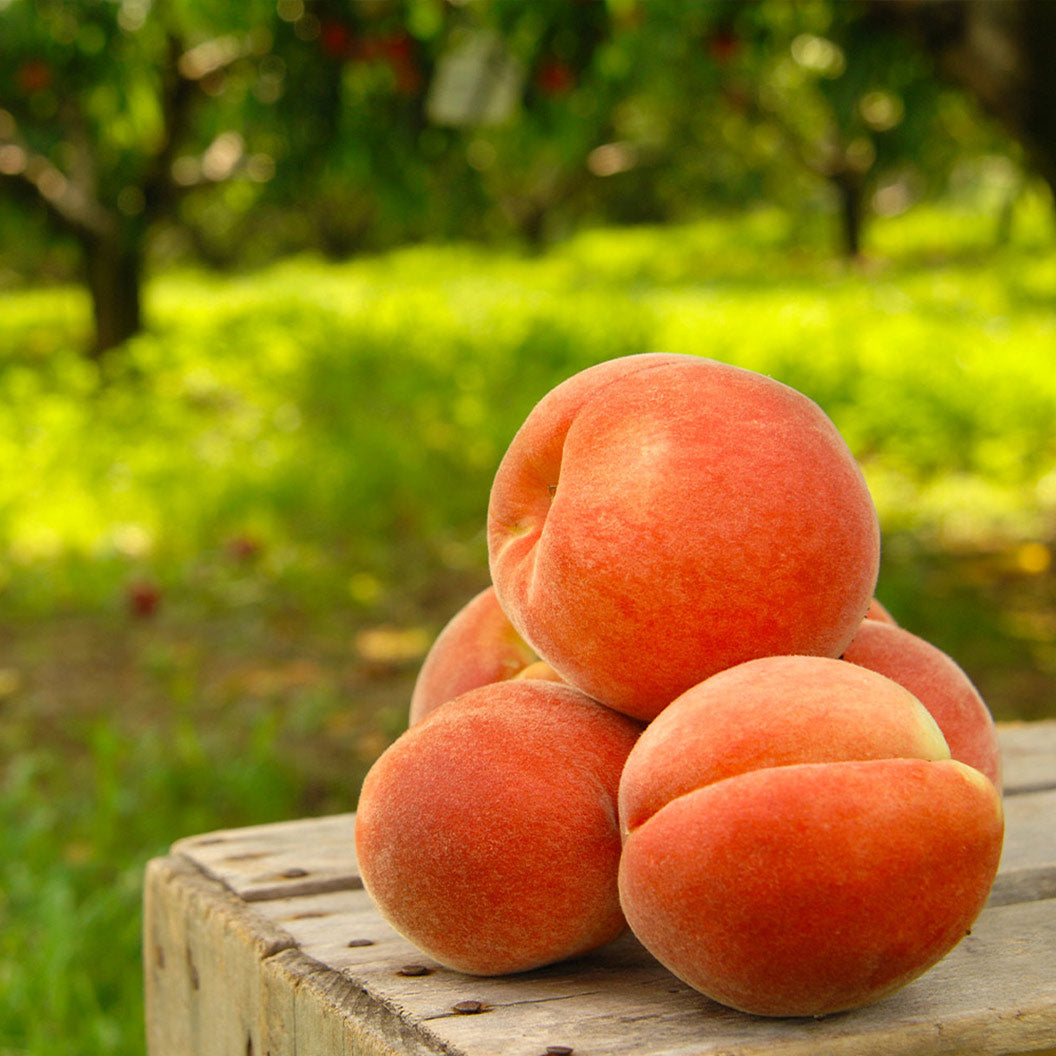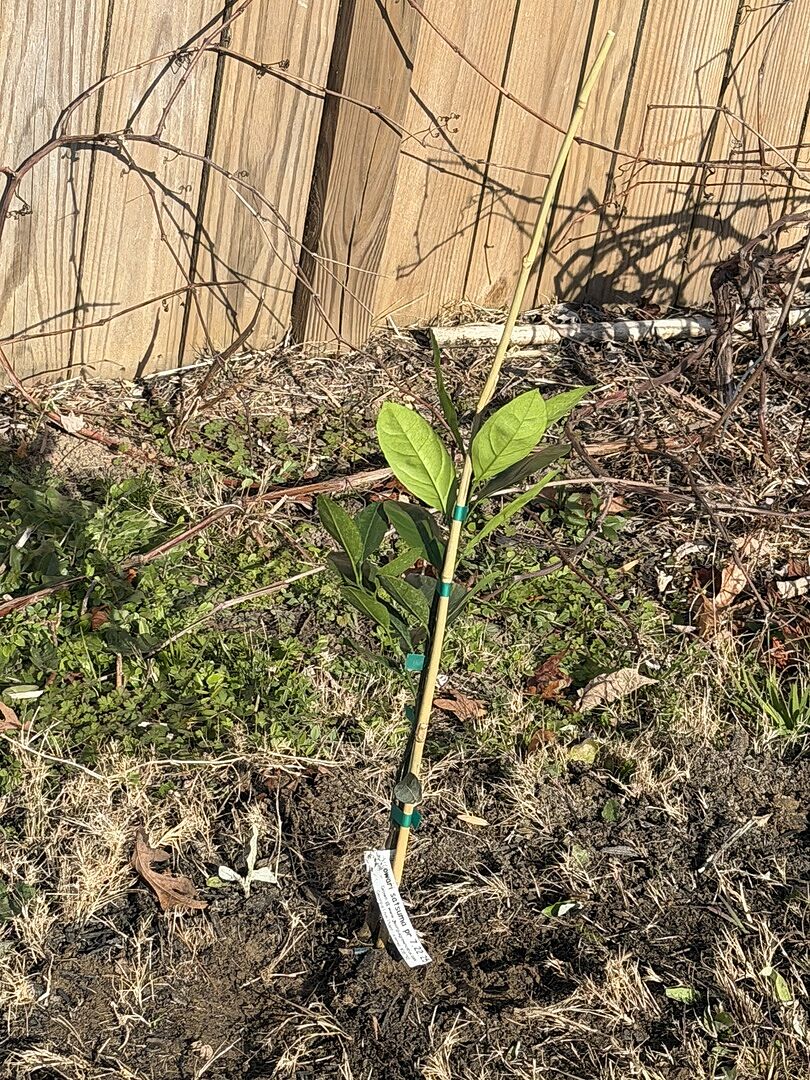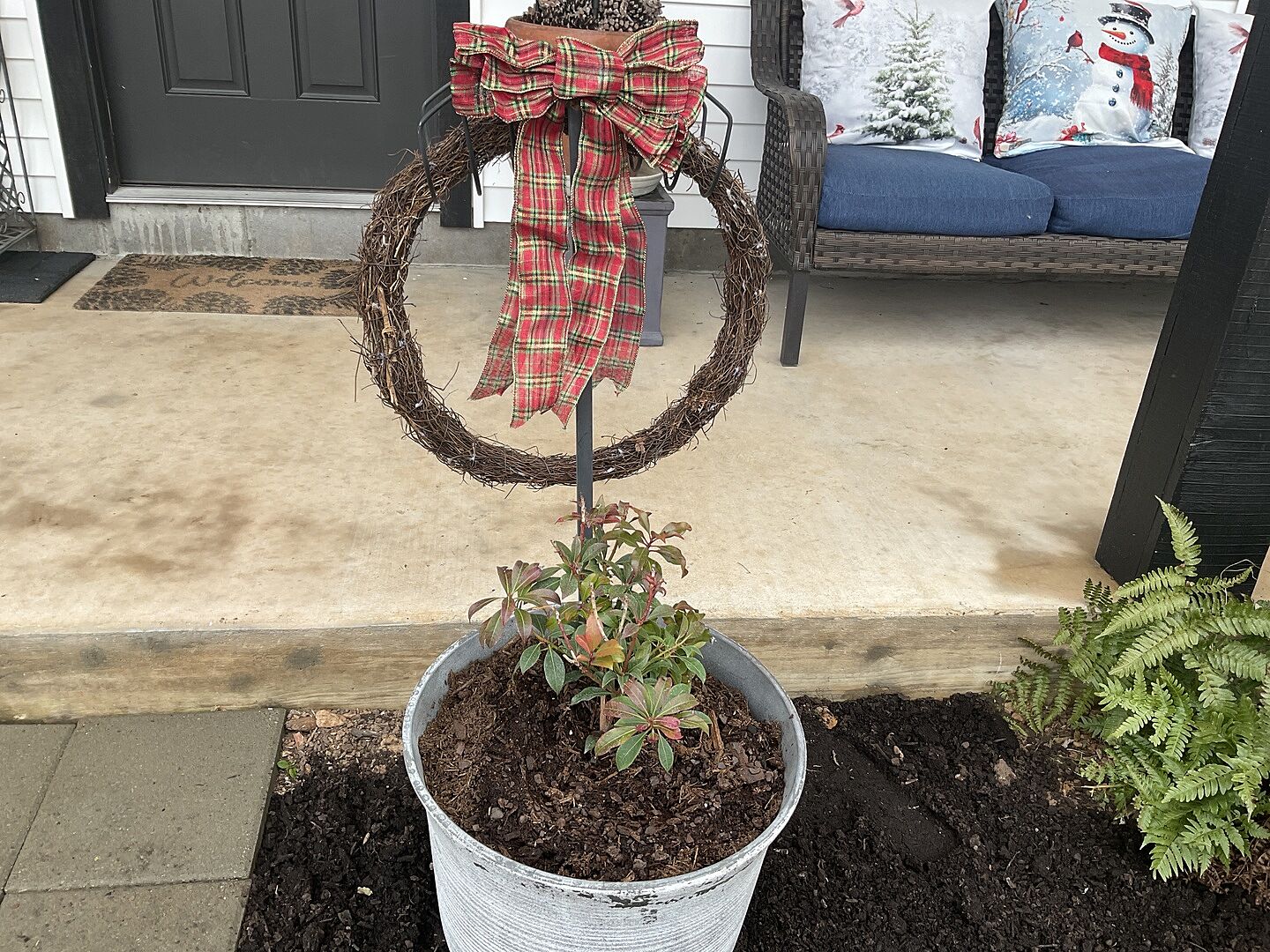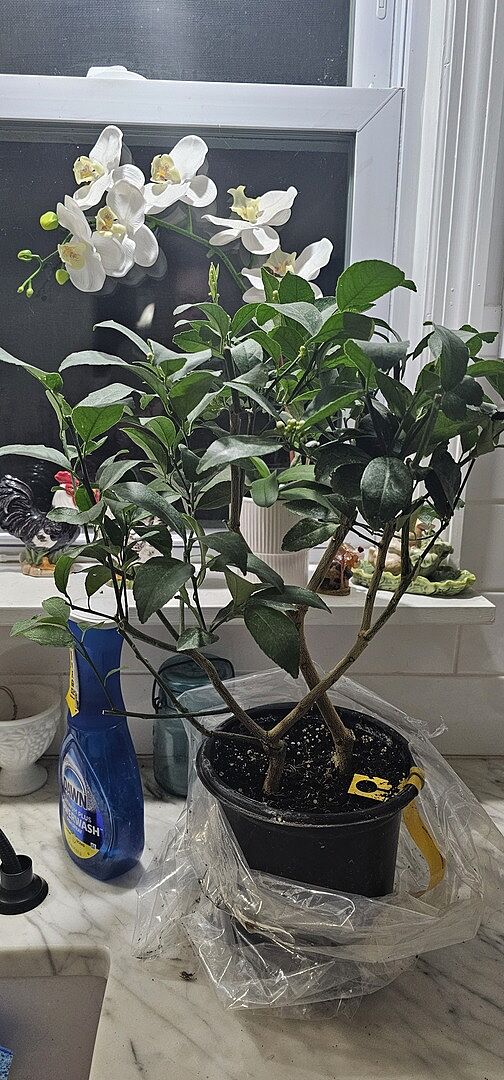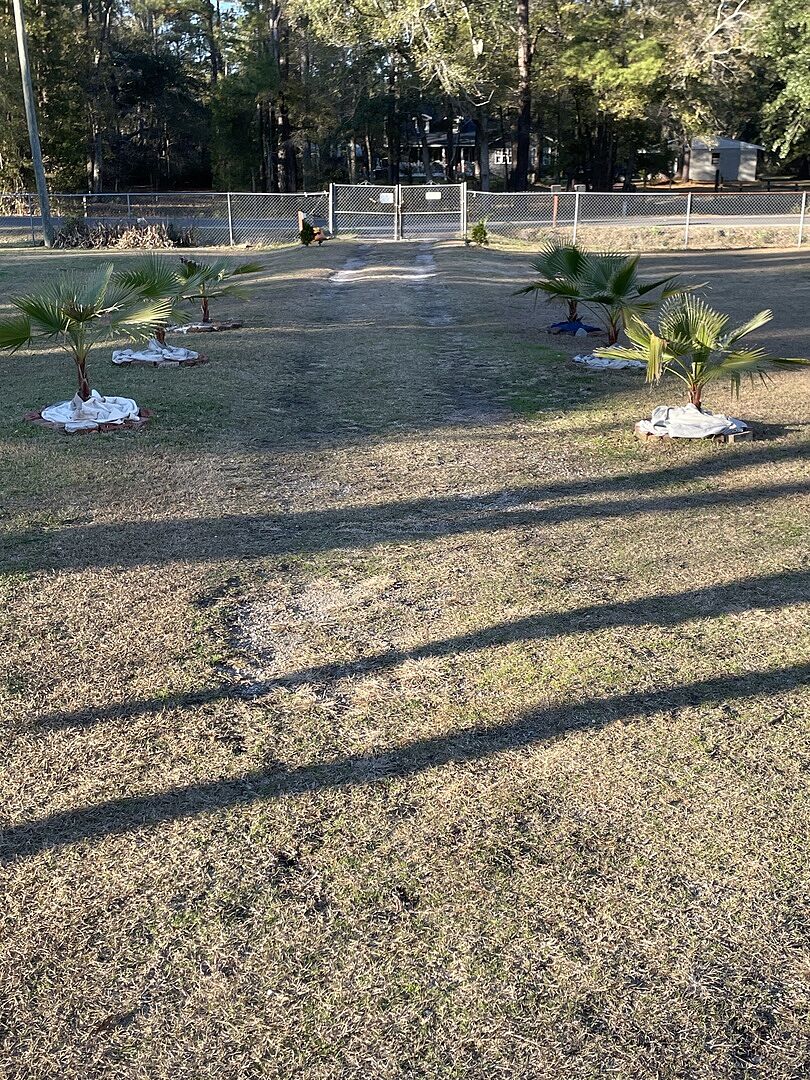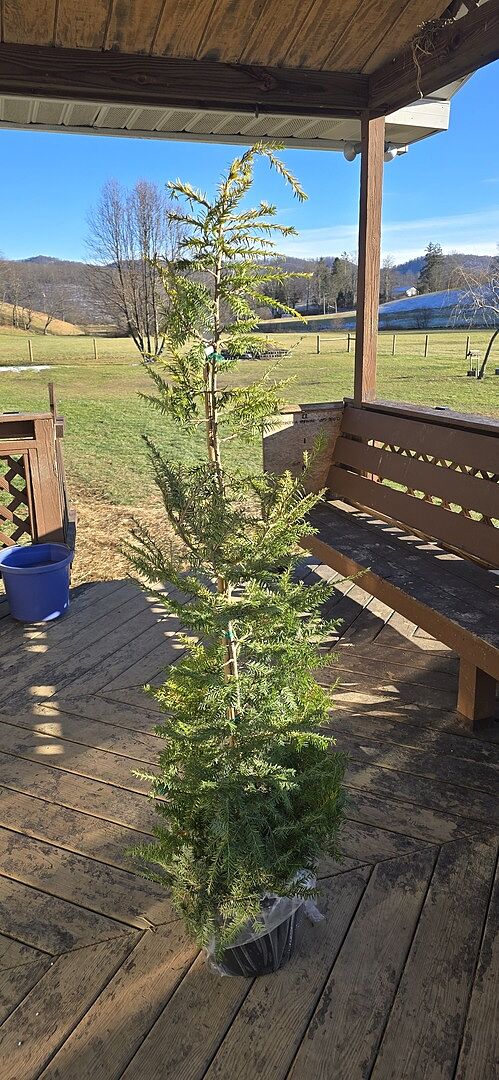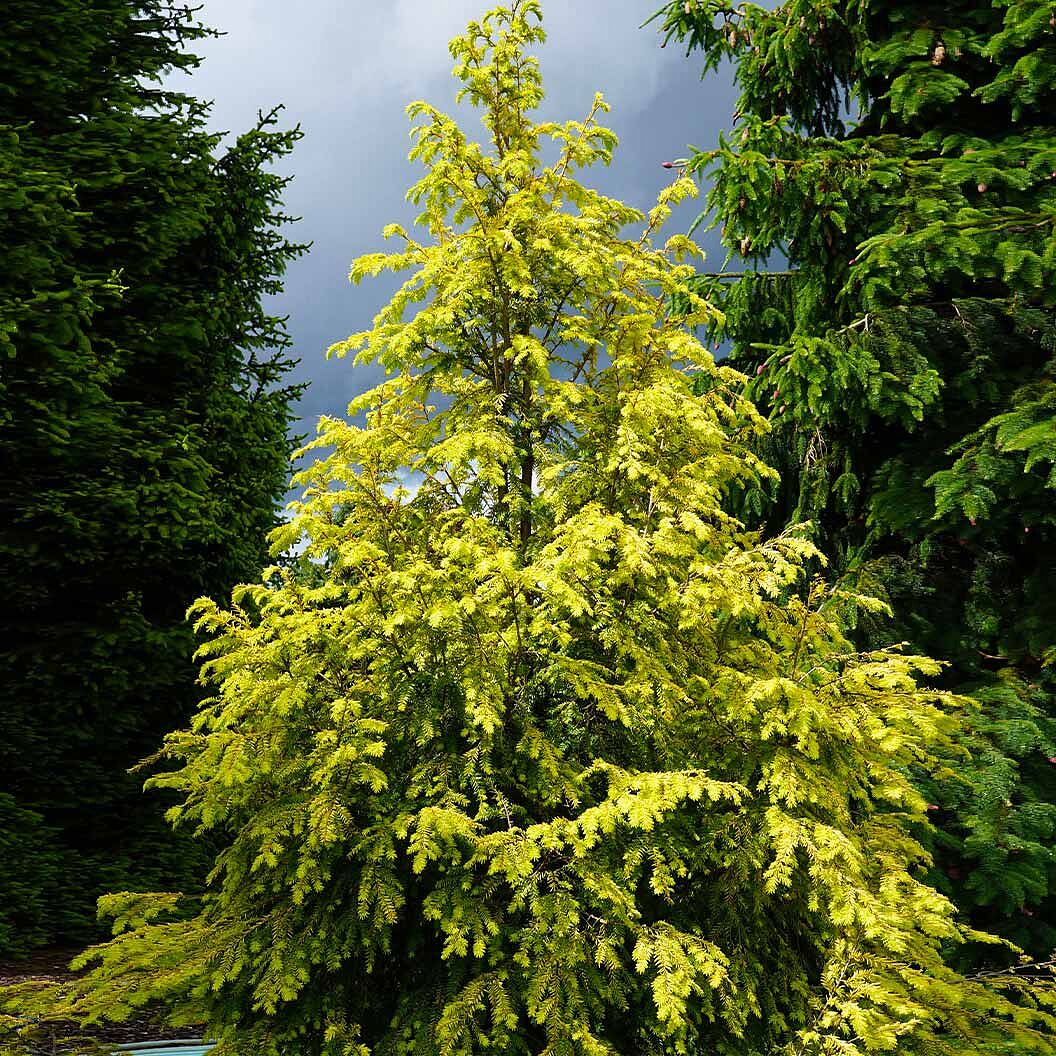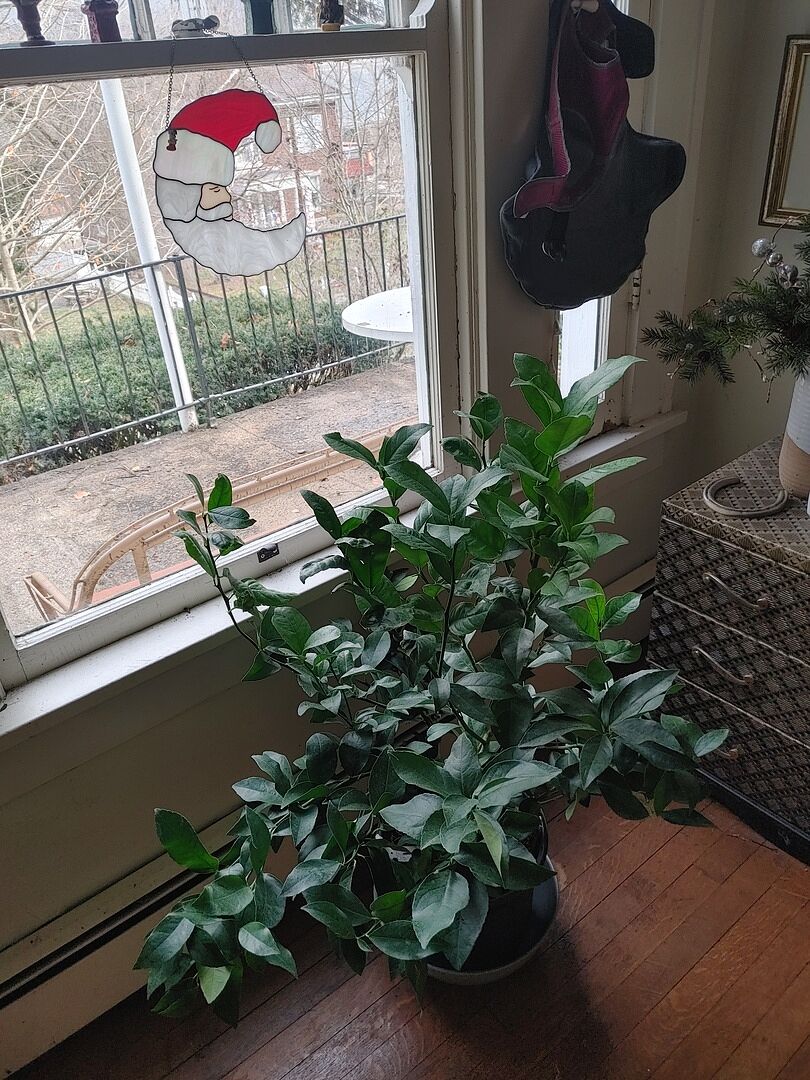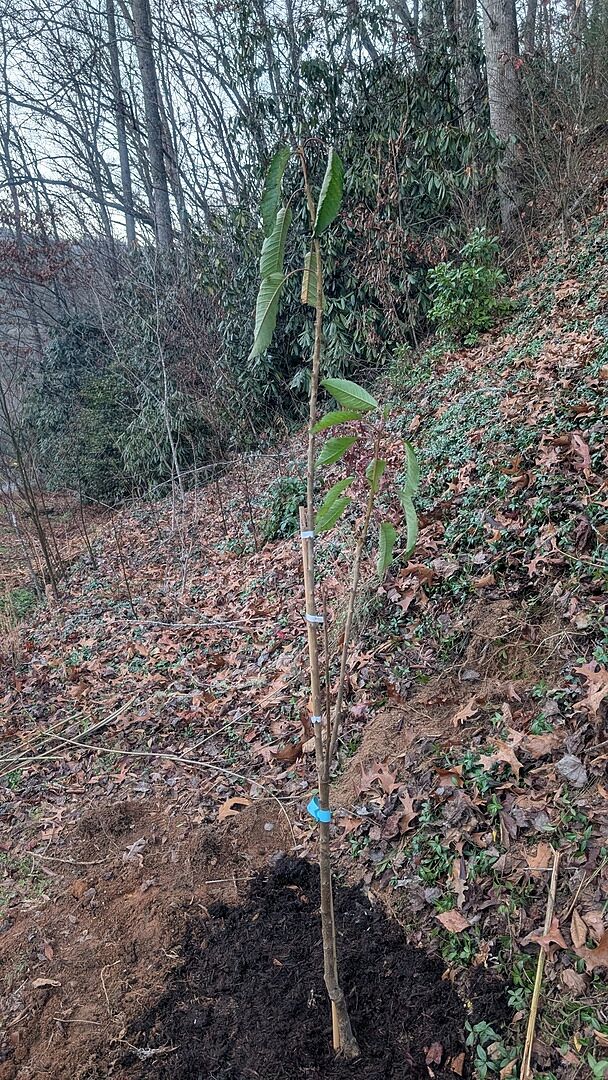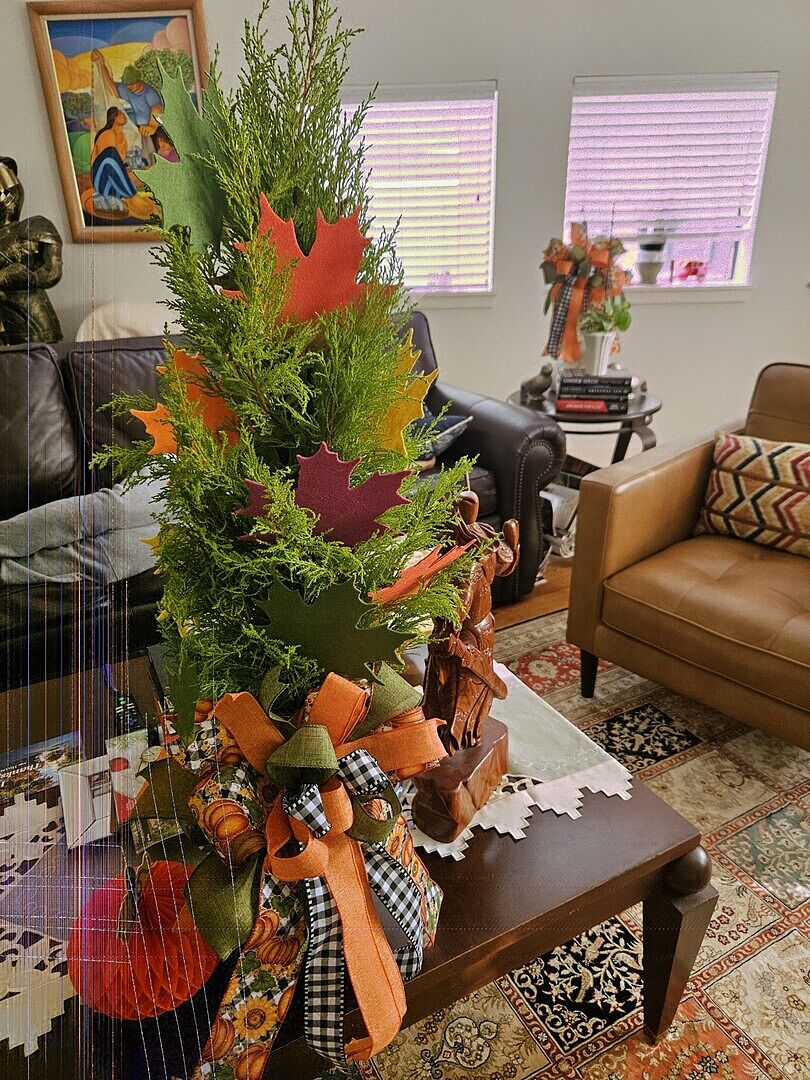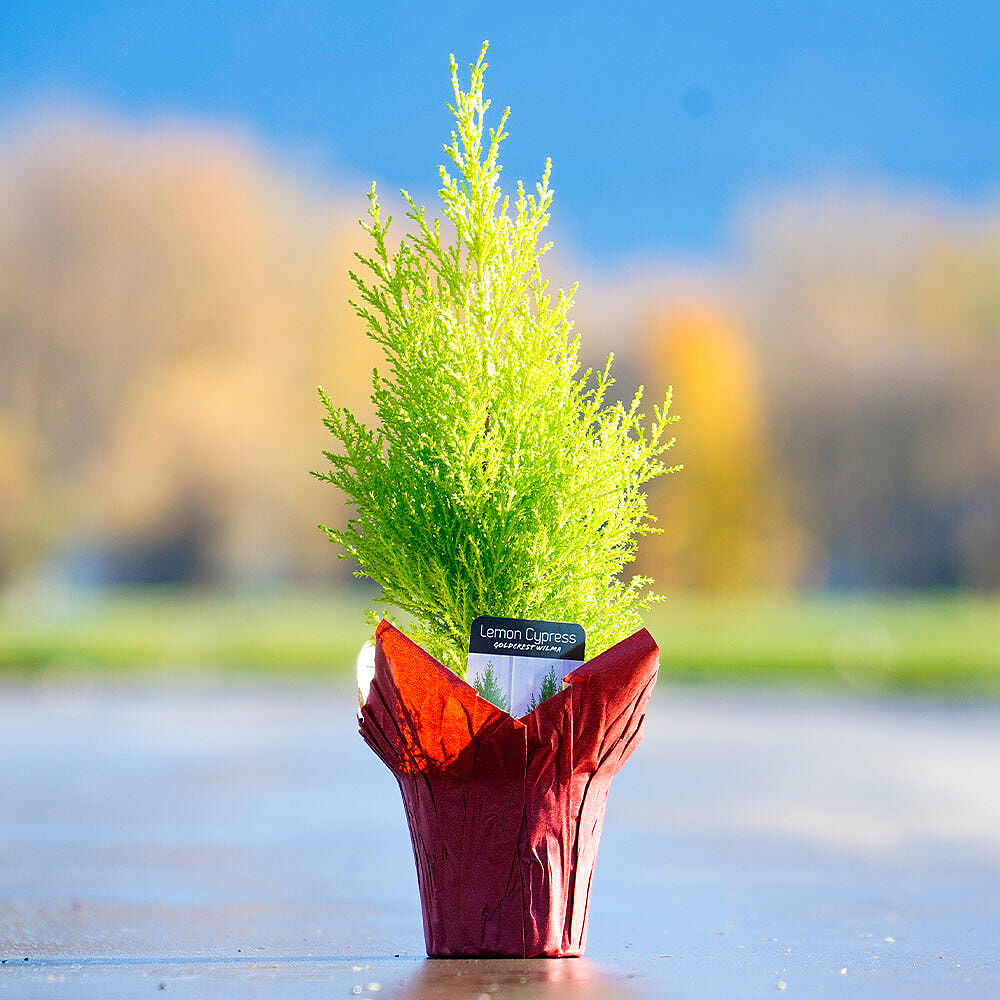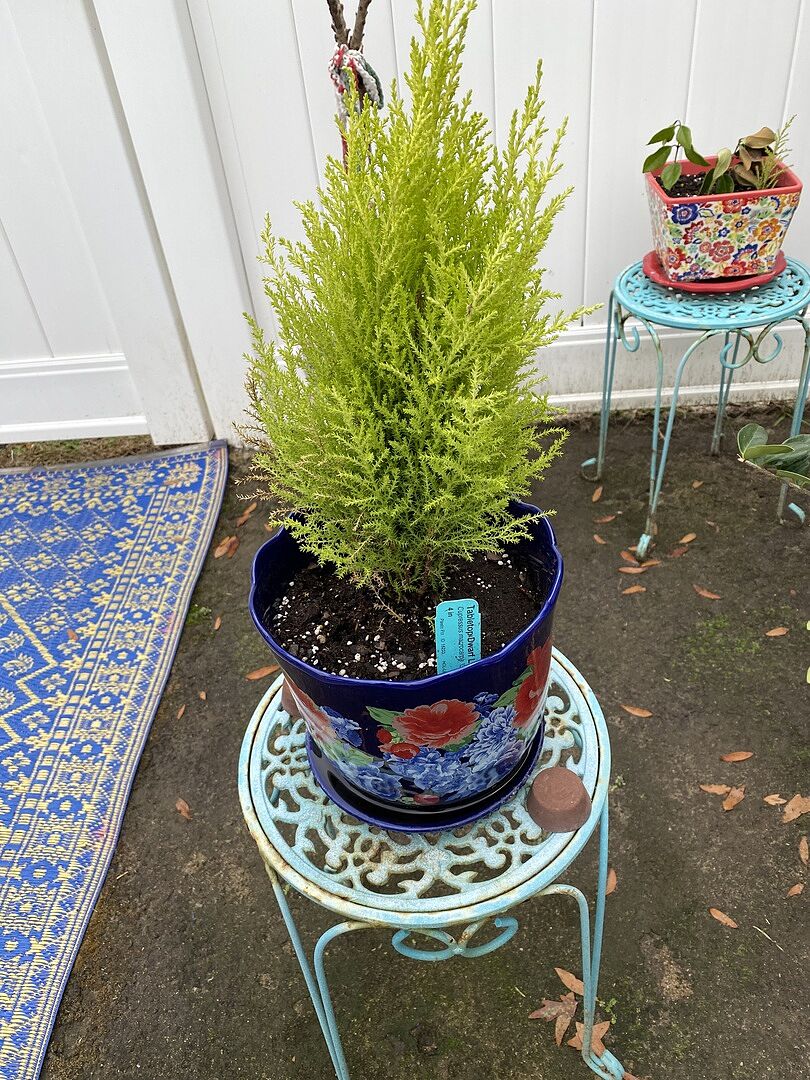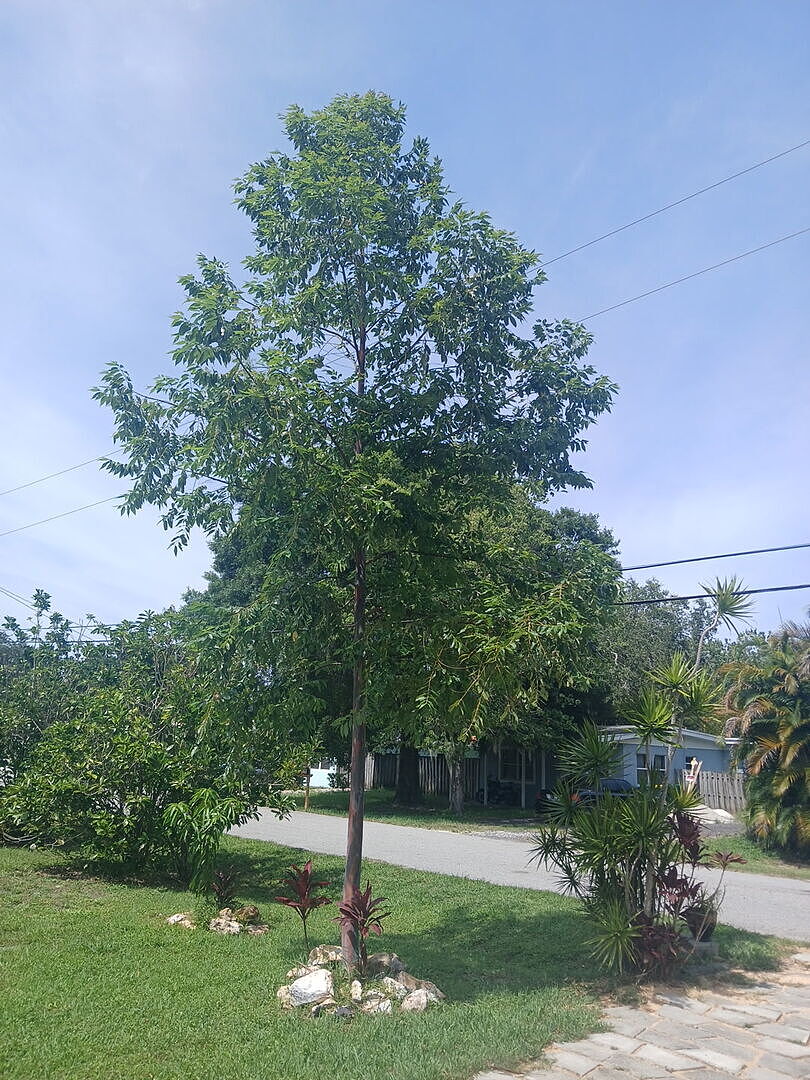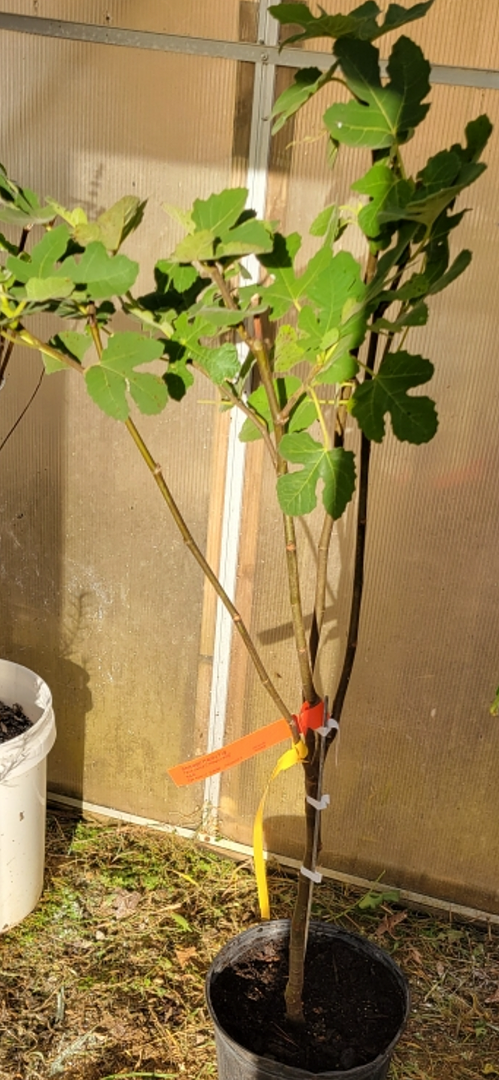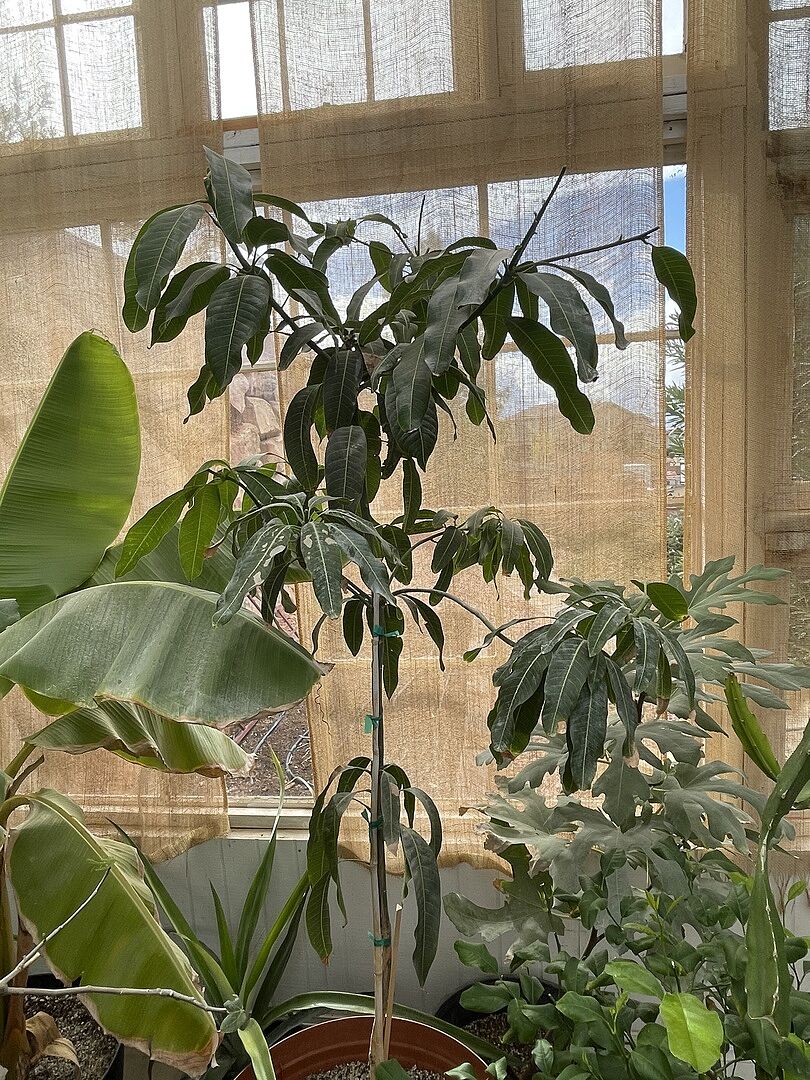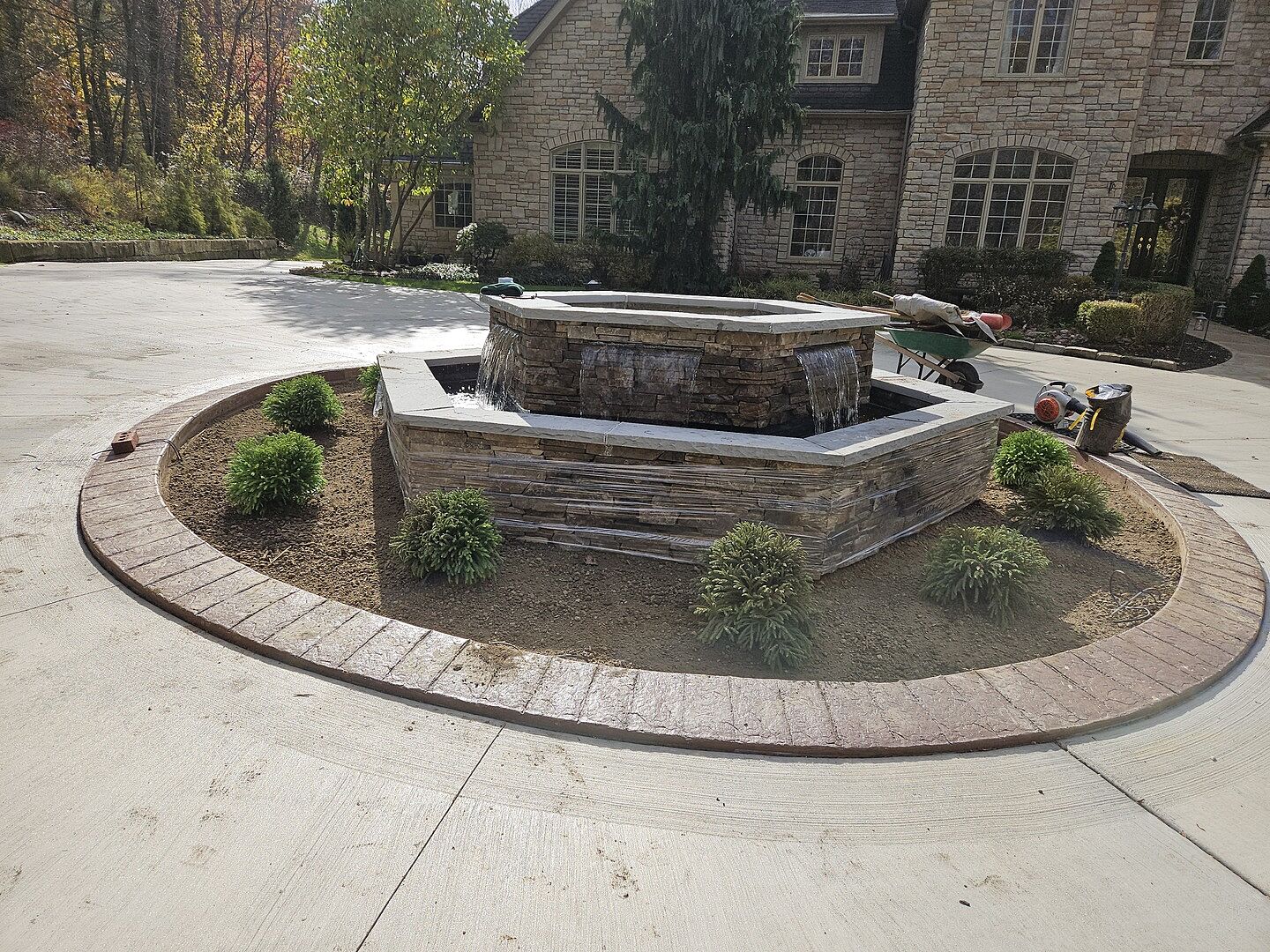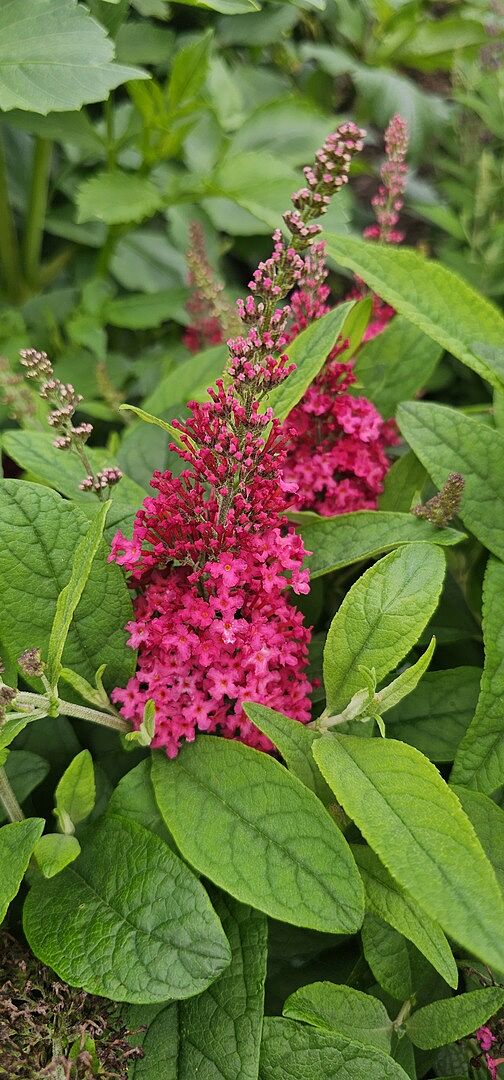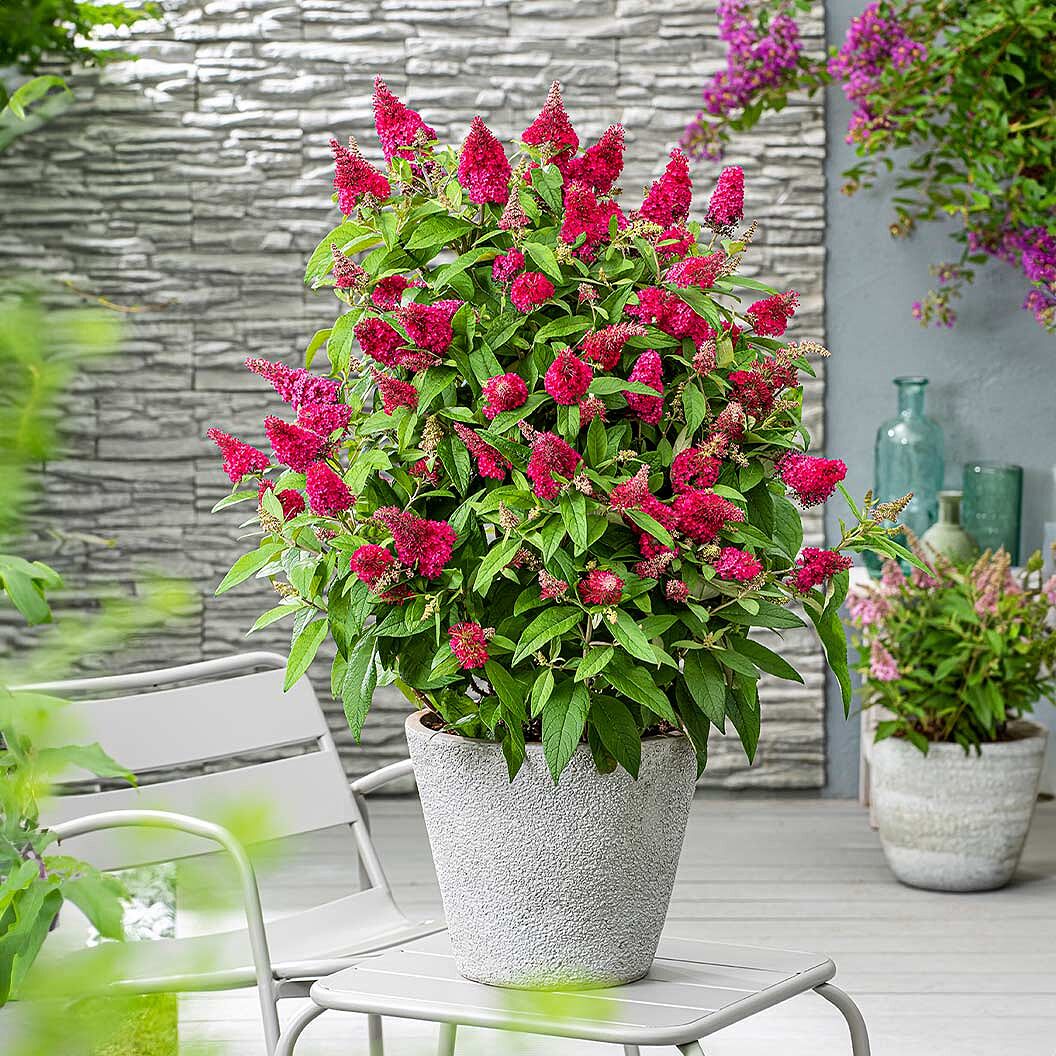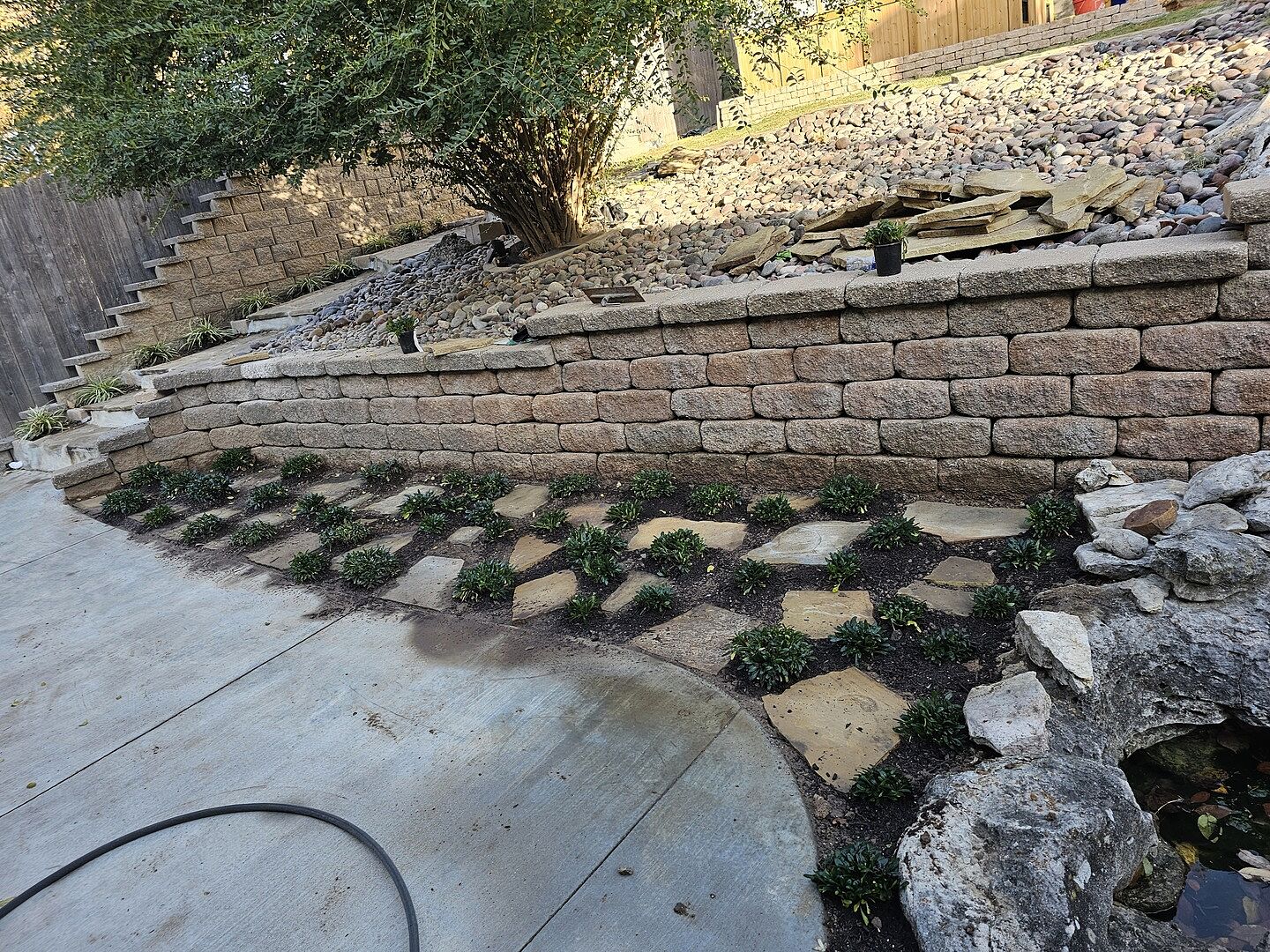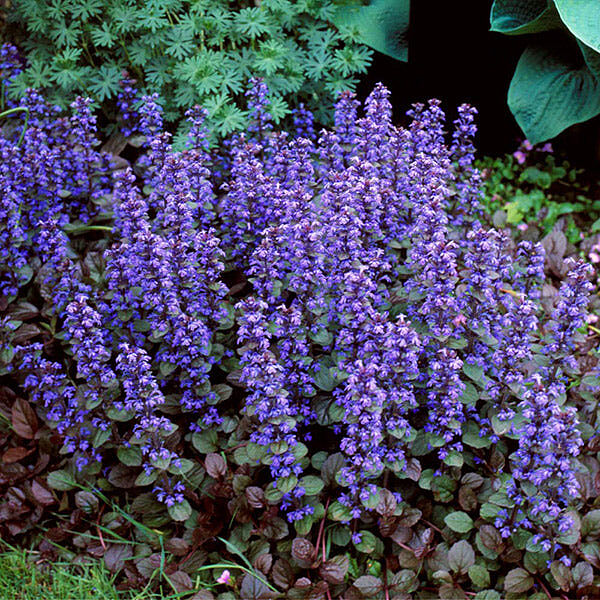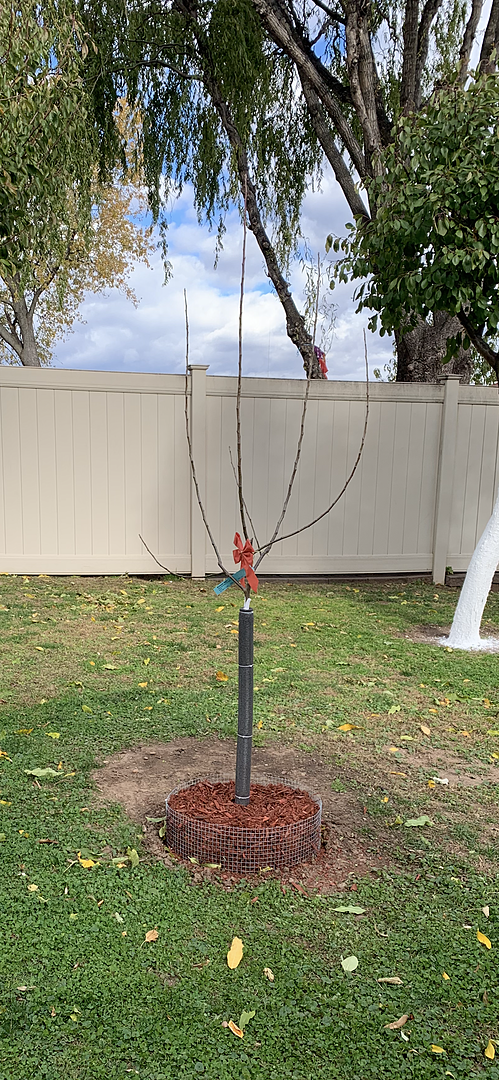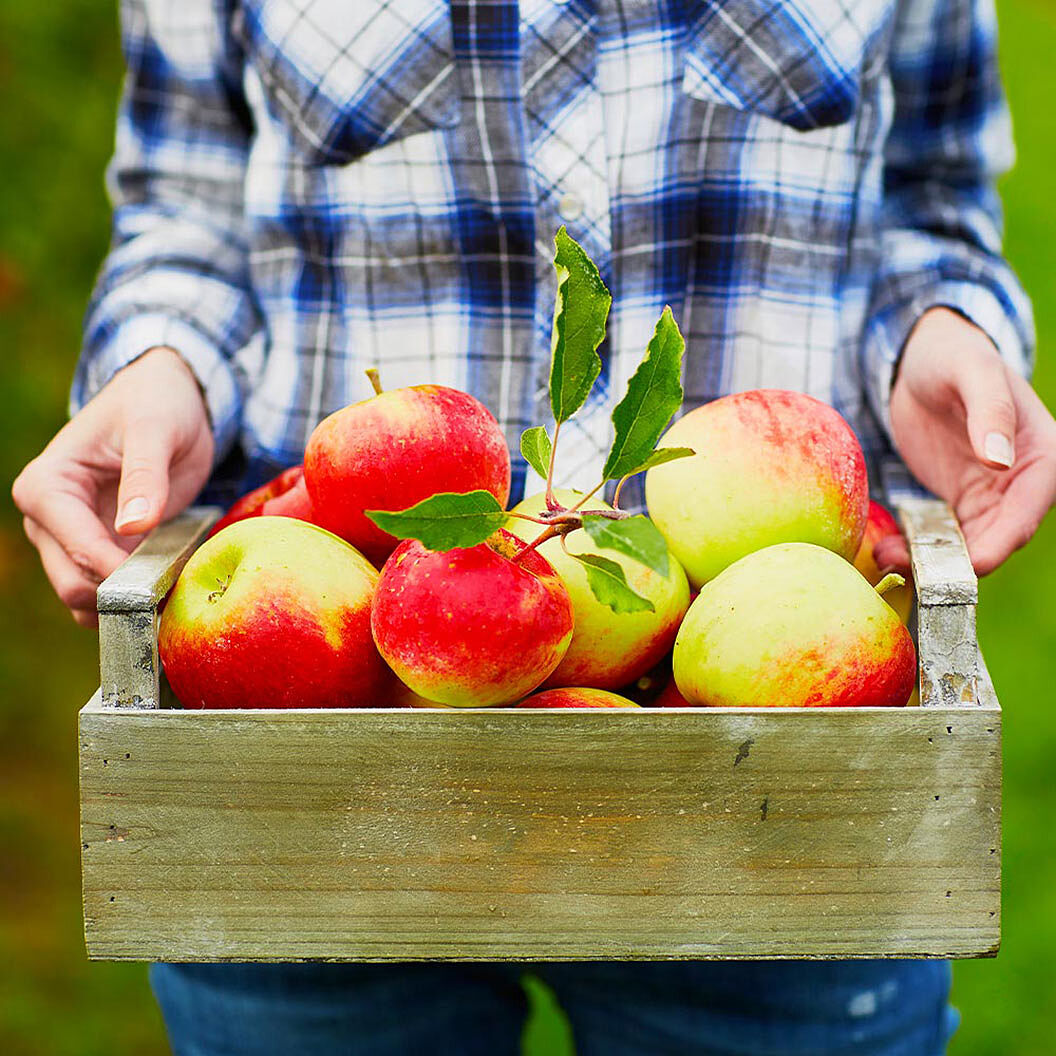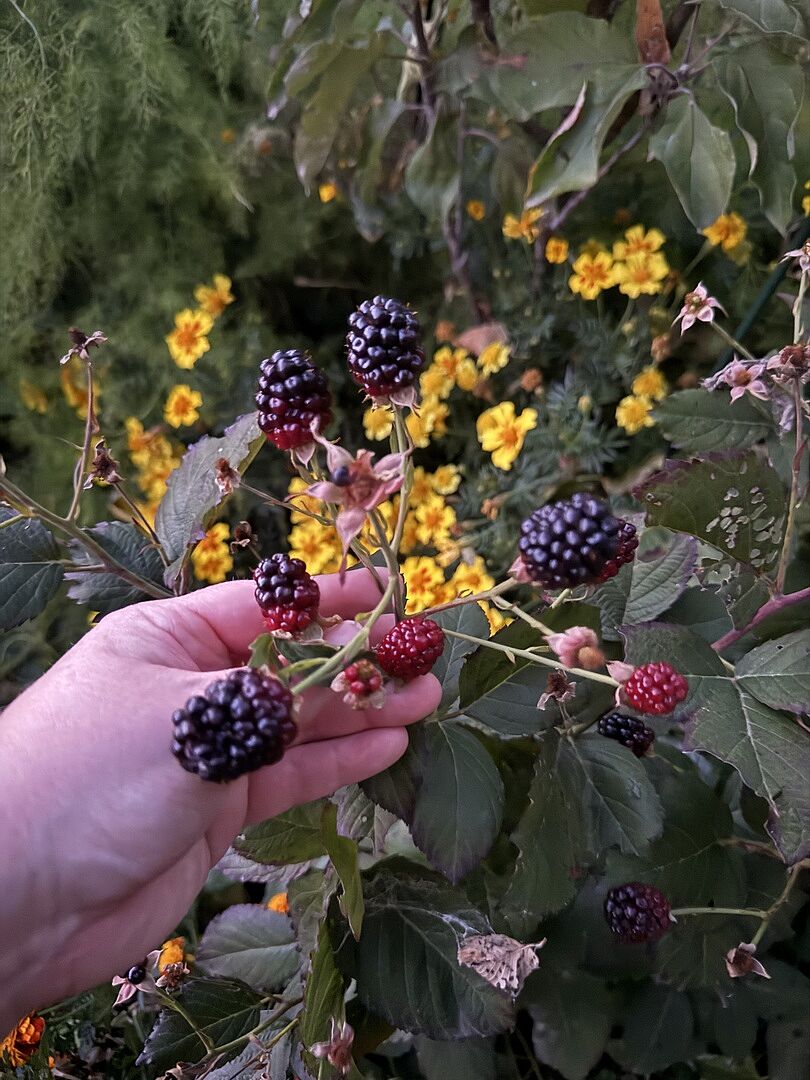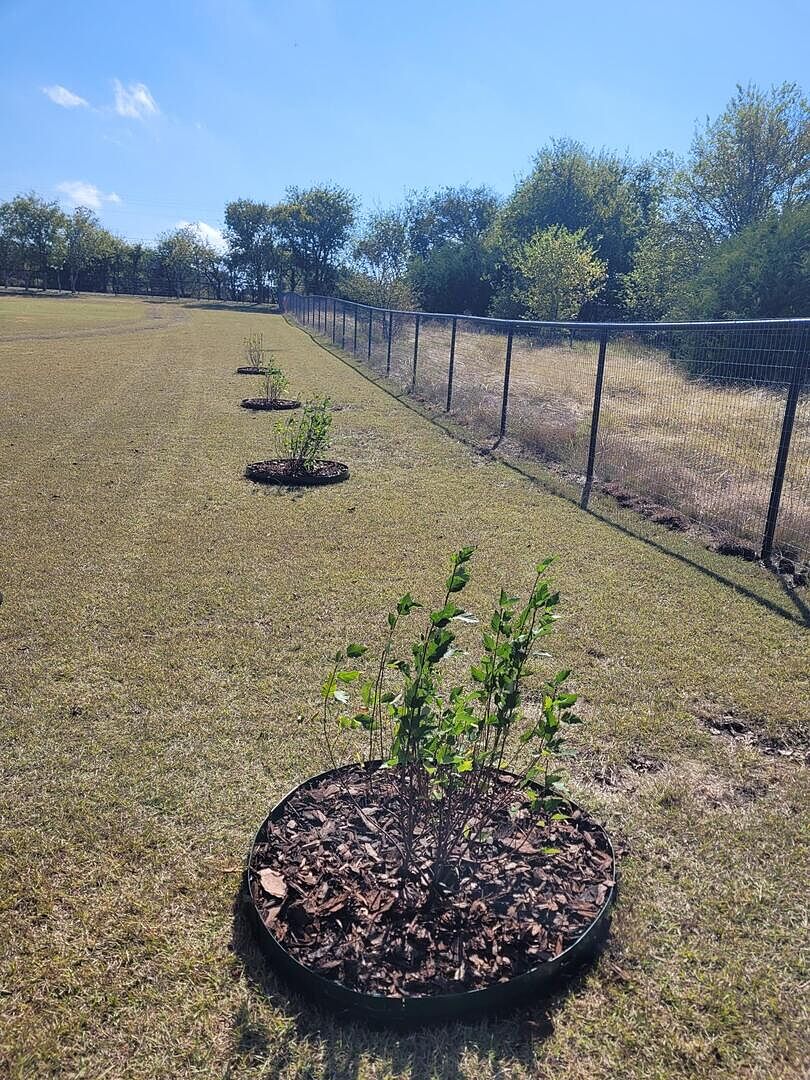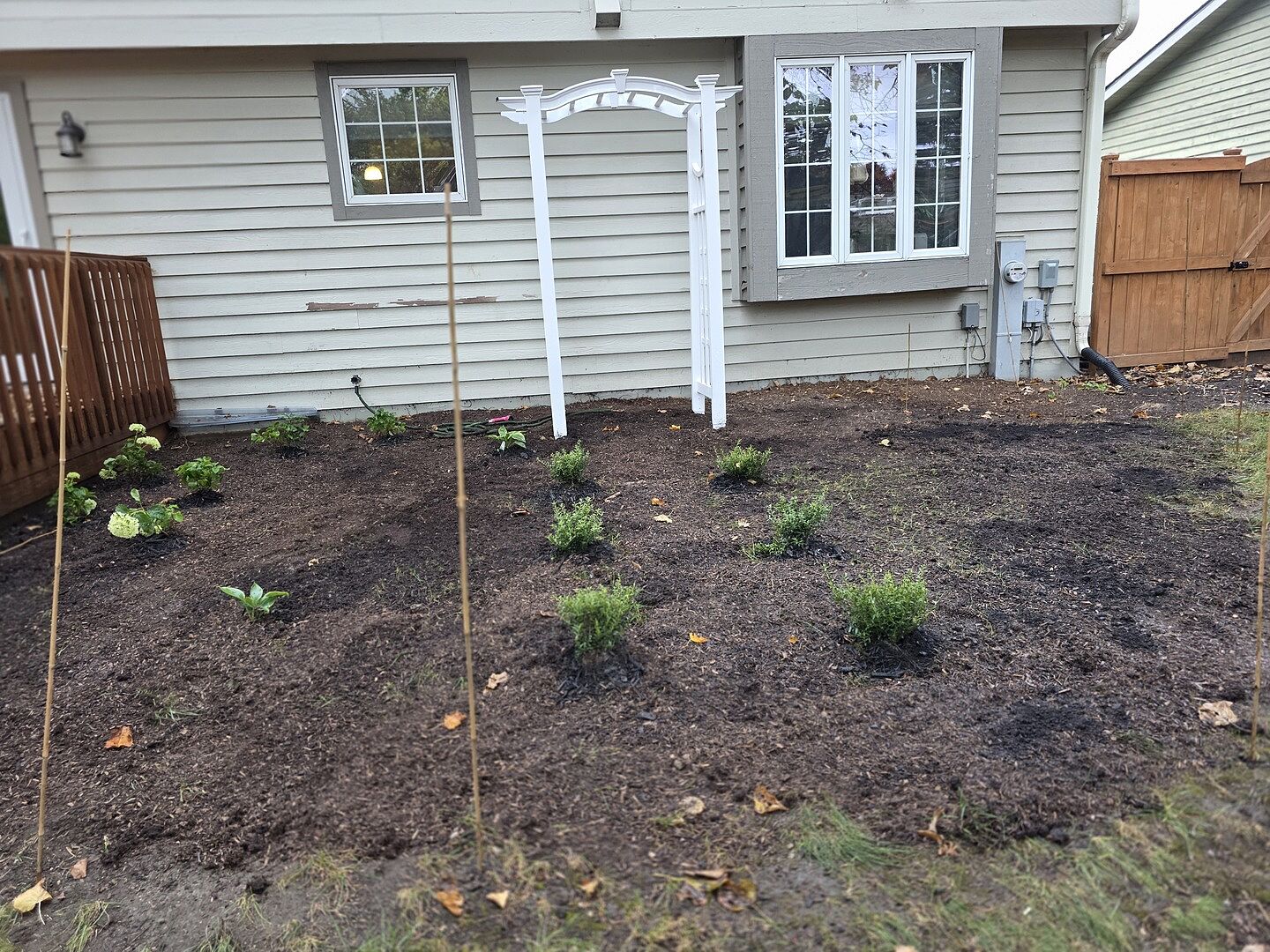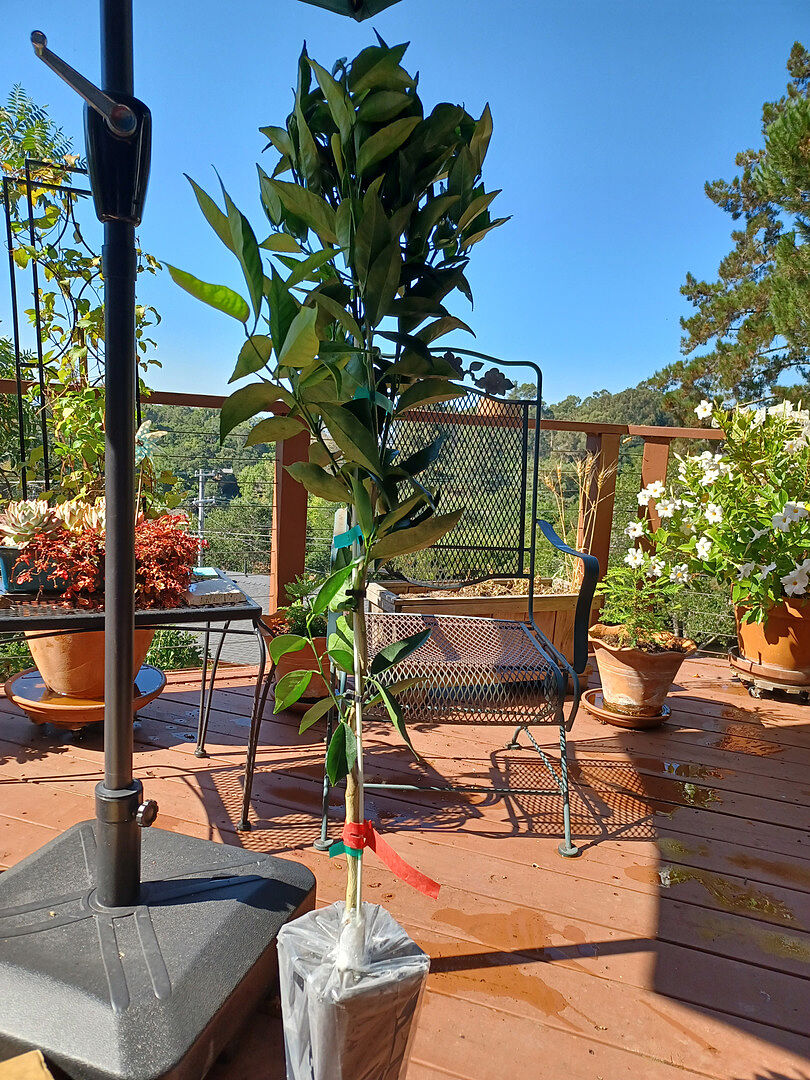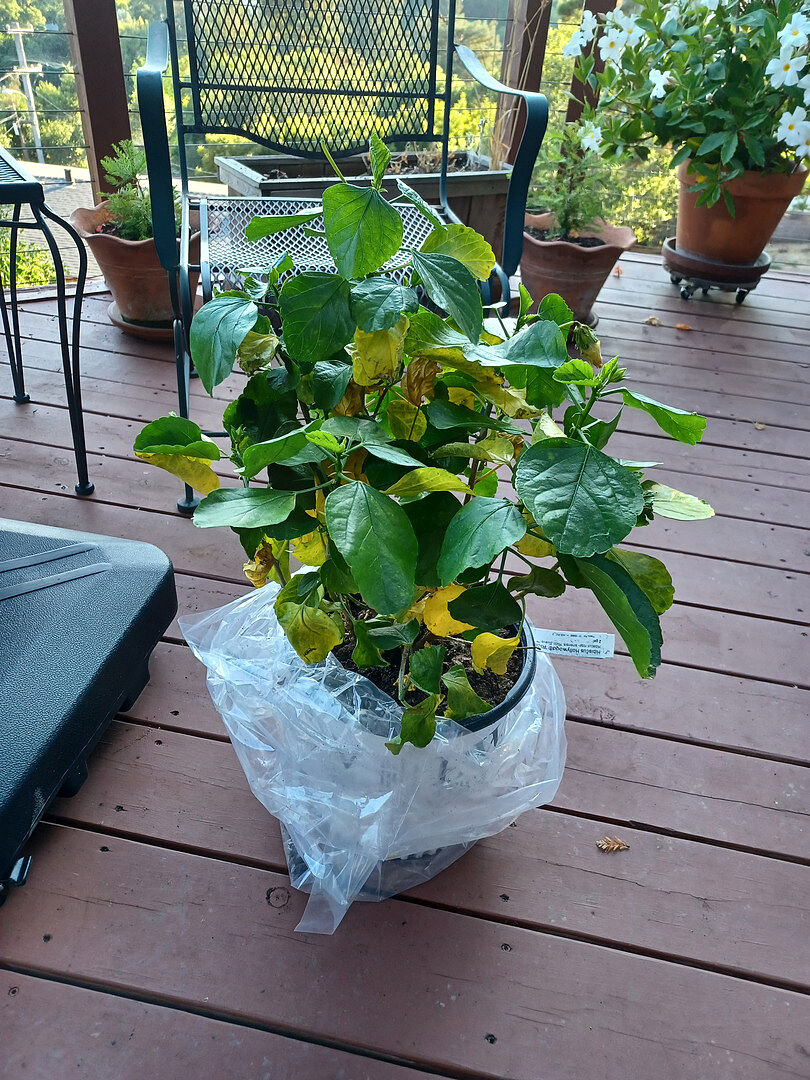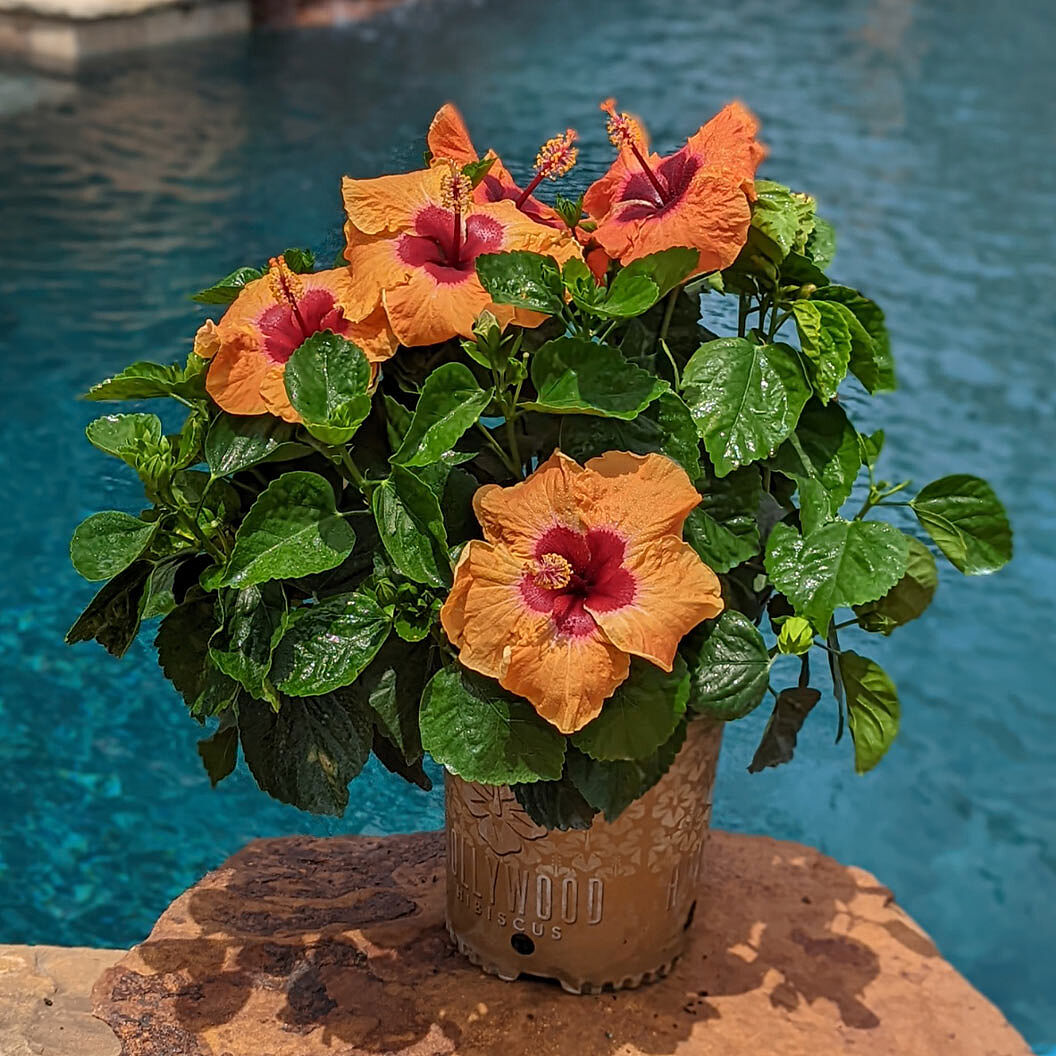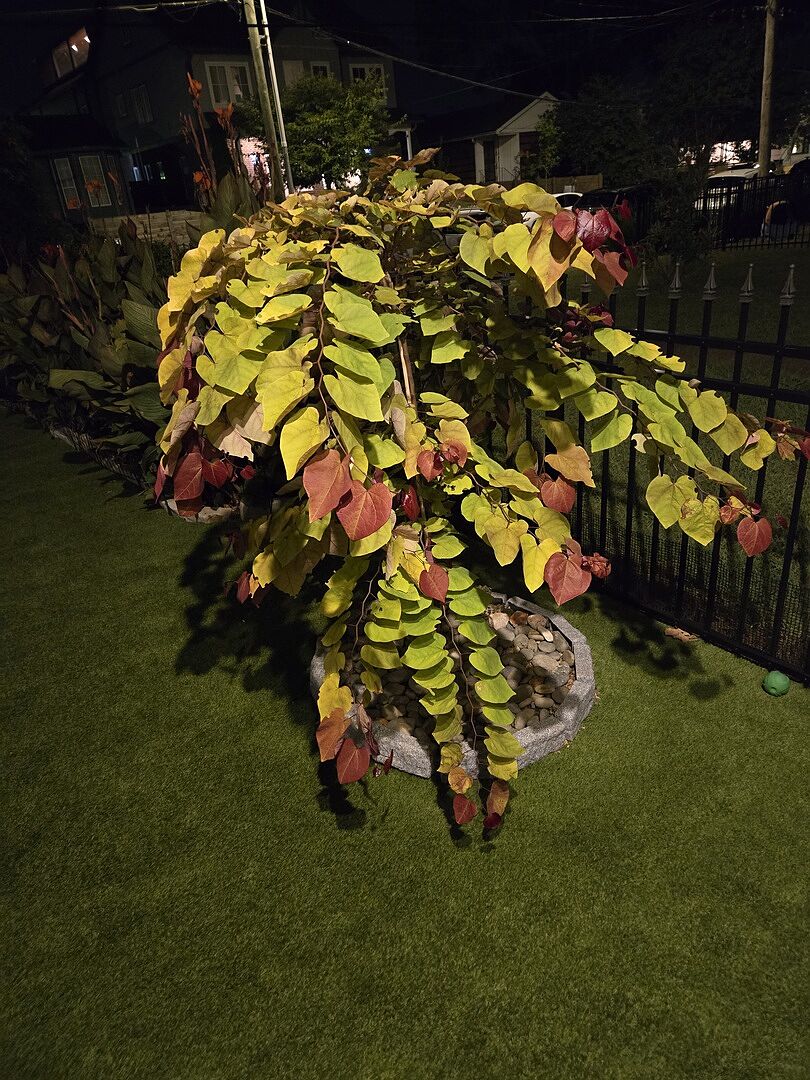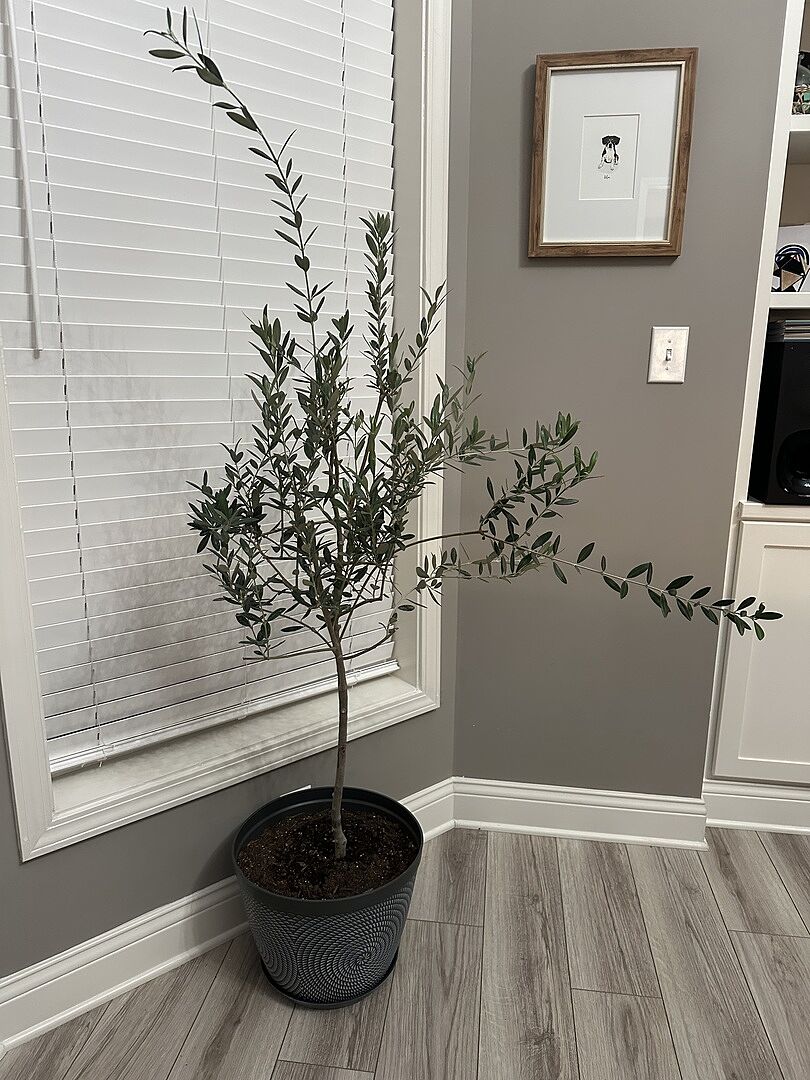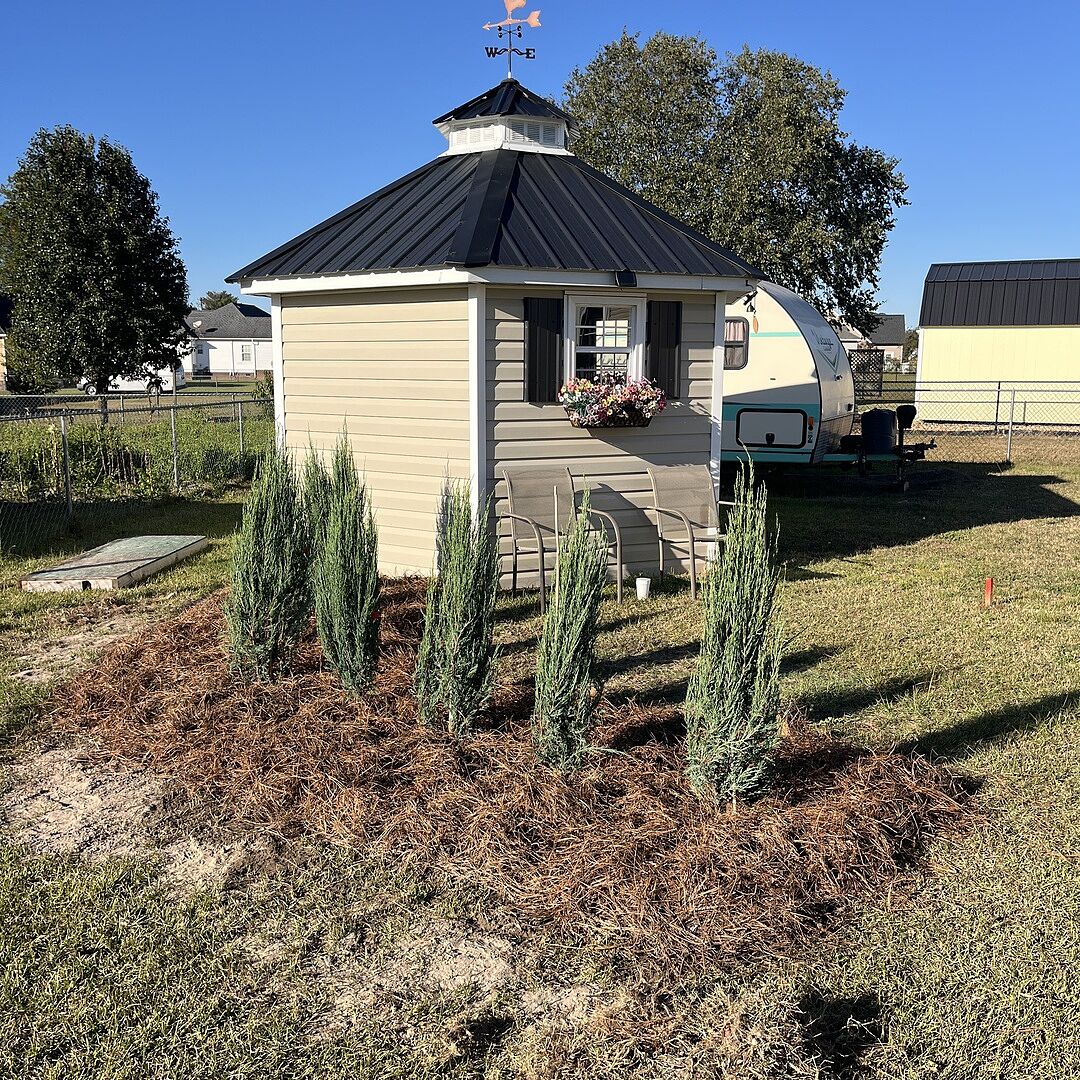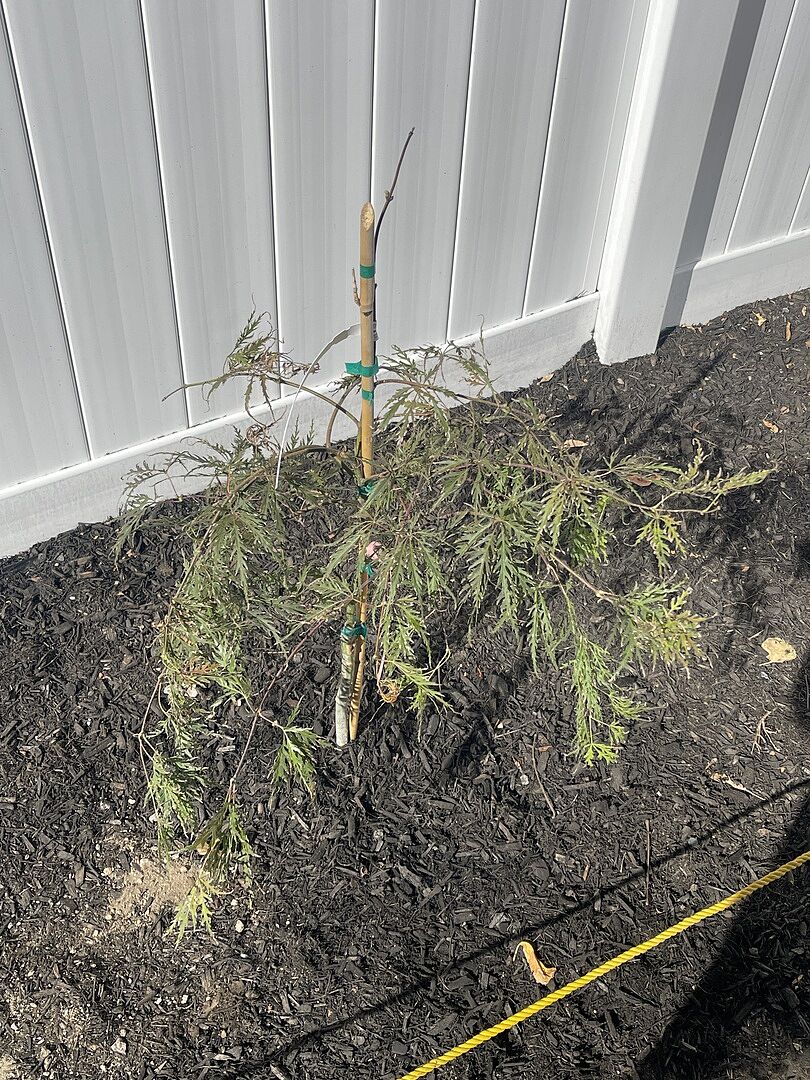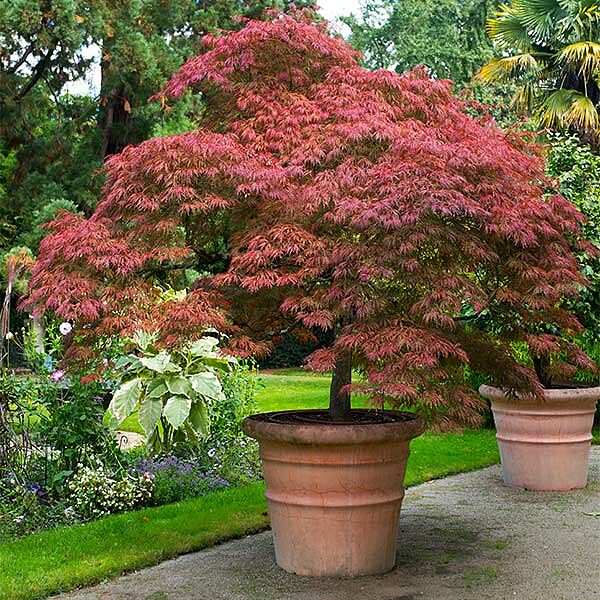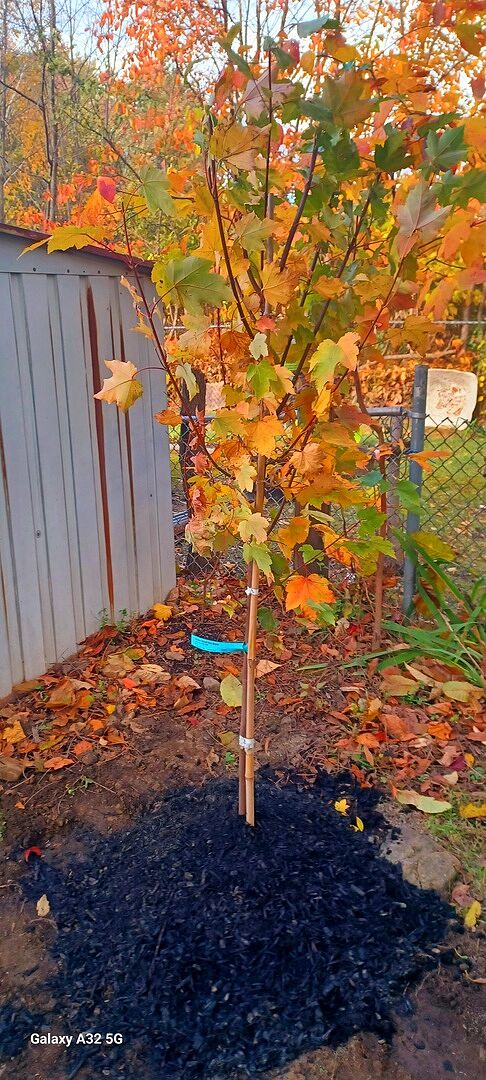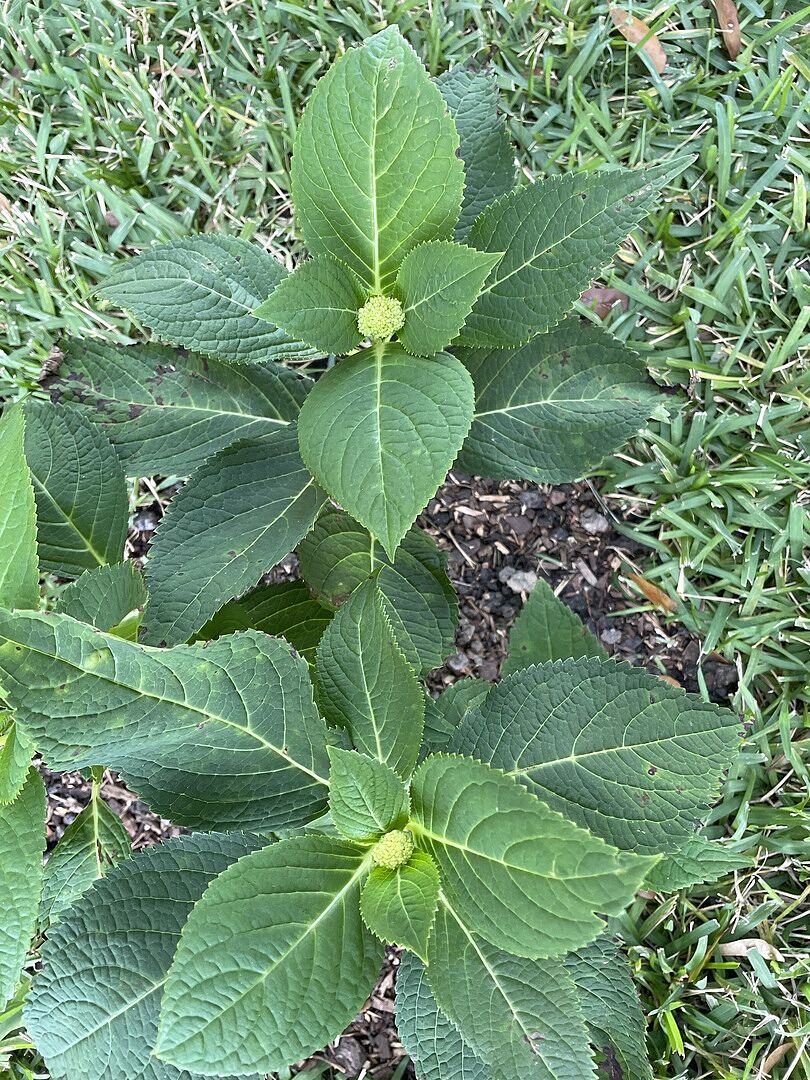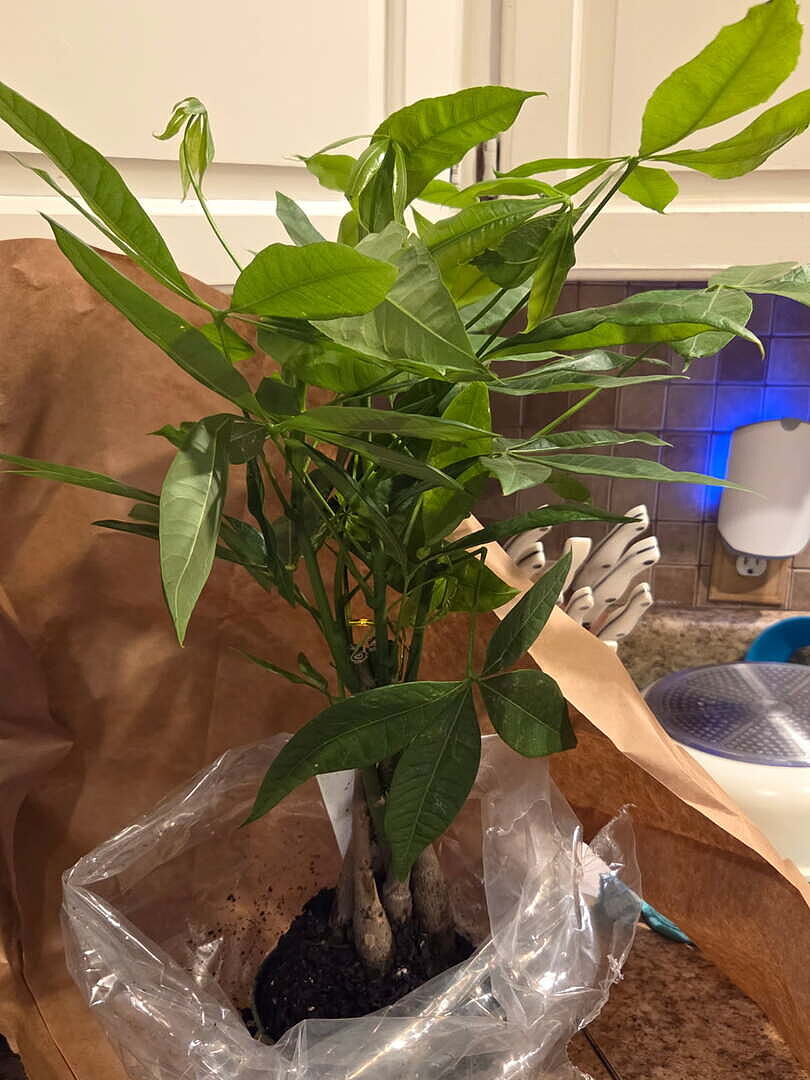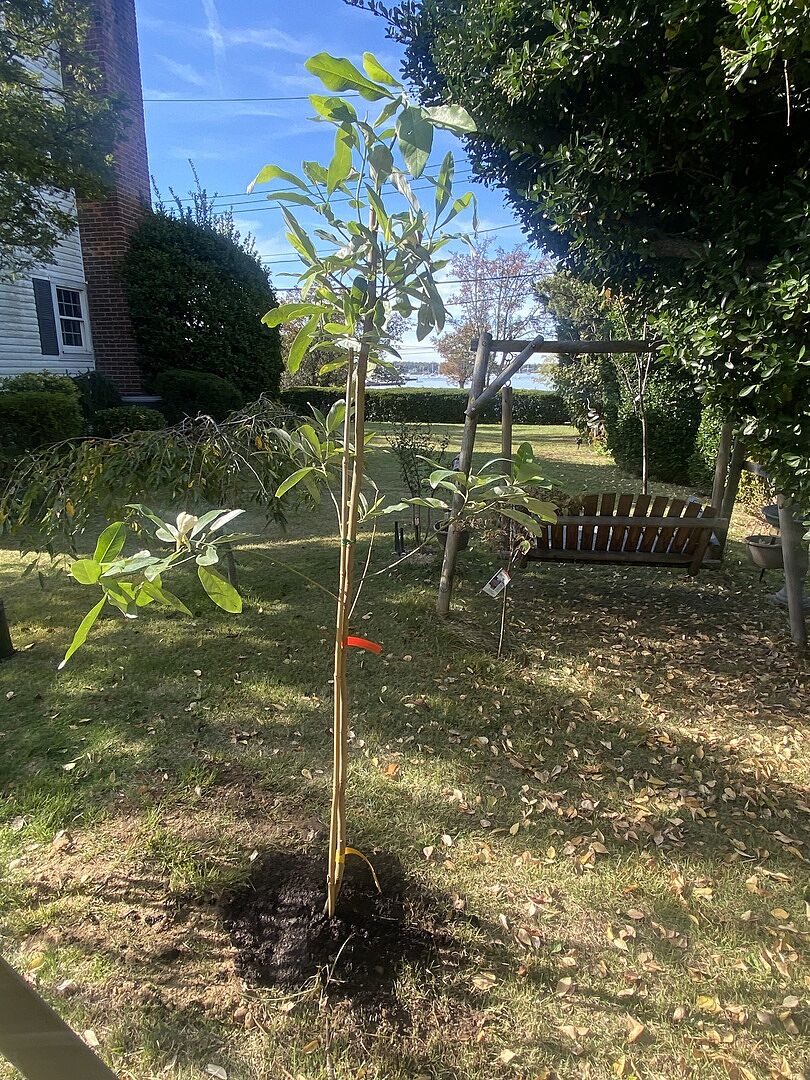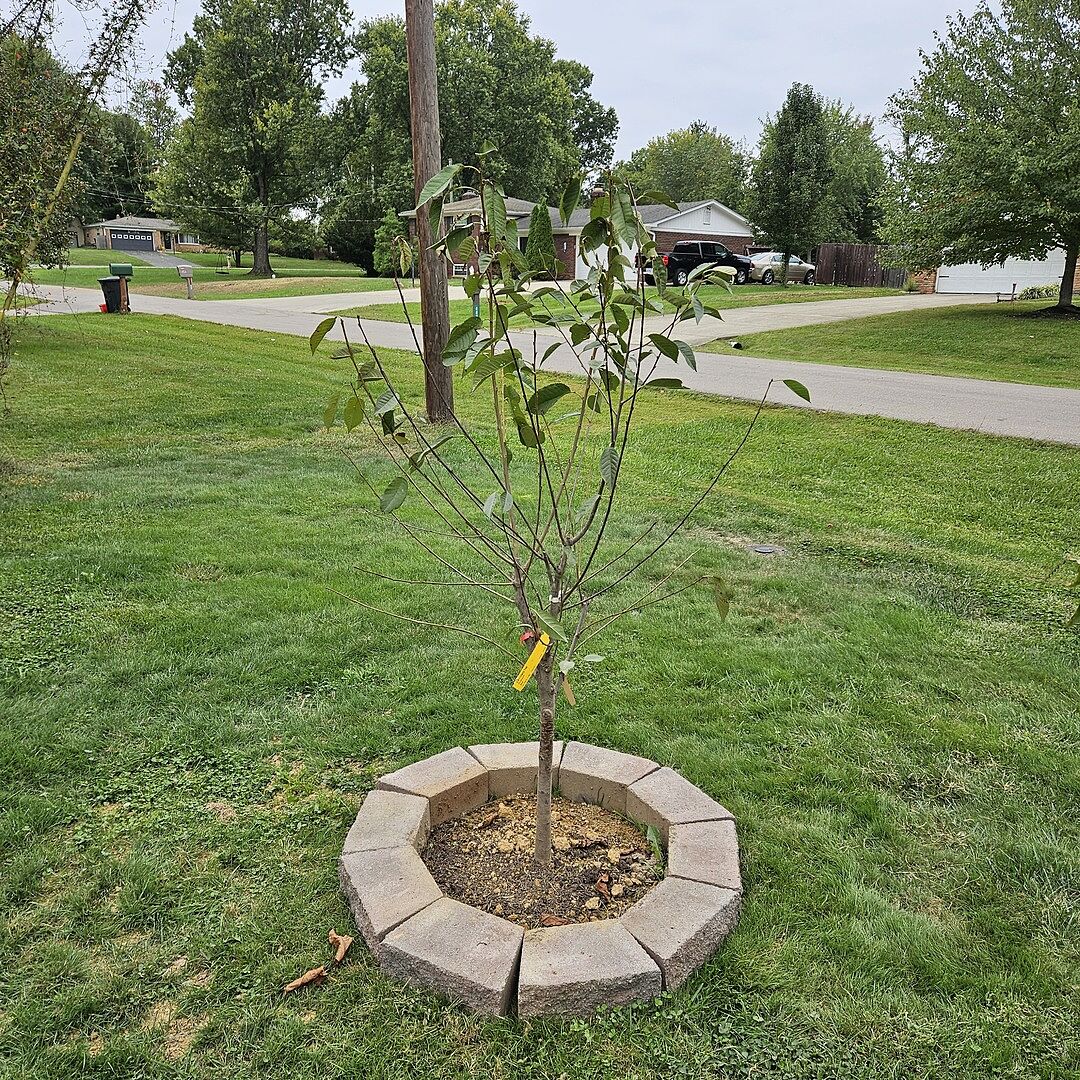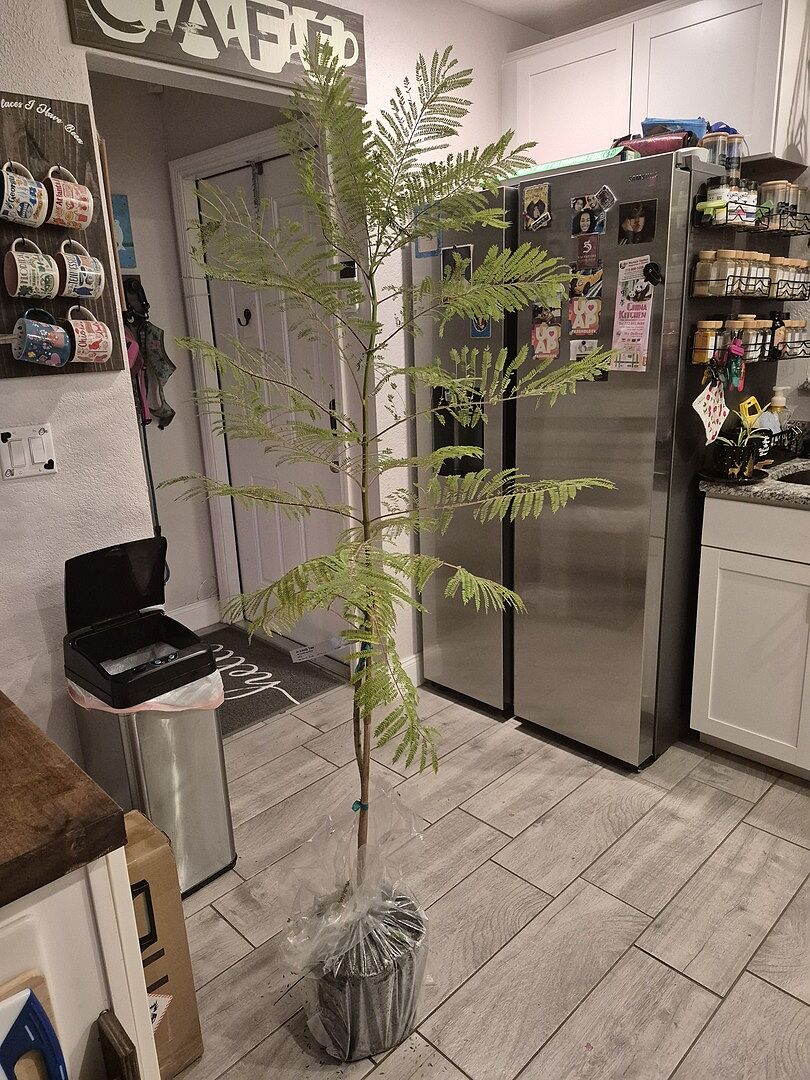Navel Orange Tree
Citrus sinensis 'Washington'
Yields seedless, easy-to-peel oranges
Fragrant white blossoms enhance garden aroma
Suitable for containers or ground planting in warm climates
-
- FREE 1-year Alive & Thrive™ Guarantee
- FREE Shipping on orders over $99
- In stock
Select size
Limited time only—30% off EVERYTHING!
Add this item to cart and get 30% OFF on your order with code HURRY30
| Discount level | Cart total |
|---|---|
30% OFF | No minimum |
| 35% OFF | $500 or more |
| Sale ends 1/5 at 11:59PM | |
Pay in 4 interest-free installments of $18.23 with 
Customers Also Viewed
Tasty, Seedless Oranges and Quick Growth
Why Navel Orange Trees?
Healthful and delicious, the Navel Orange is one of the most popular varieties at the grocery store. But you won't believe how much better they are when you grow them yourself: Extremely sweet, these oranges will quickly become an addictive snack. And you'll love them because they're simple to peel and they're seedless.
Plus, these Navel Orange Trees don't require much attention. They'll reward you with plenty of juicy, seedless oranges, effortlessly. Simply plant them wherever you get full sun. Another beneficial aspect of our Navel Oranges is that they have a long shelf life - longer than most other oranges. So, there's no rush to eat, bake or cook them before they go bad. You can store them for months!
Why Fast-Growing-Trees.com is Better
Our Navel Orange Trees have been groomed to perfection, so when you receive your very own, it's ready to produce an abundance of fruit right away. We’ve grafted and greenhouse-grown our varieties, so you get a healthful, well-developed root system and branching once the Navel Orange Tree arrives at your door.
We’ve done the extra work at our nursery so you reap the rewards of easygoing, fast growth – and oranges of your own in just one year.
We expand our crop each year because of high demand. So why wait? Order now to ensure you receive your very own, healthy Navel Orange Tree!
Full Planting & Care Instructions
Product Details
| Mature Height: | 8 ft. |
| Mature Width: | 8-12 ft. |
| Sunlight: | Full Sun, Partial Shade |
| Growth Rate: | Moderate Growing |
| Harvest Time: | Winter |
| Botanical Name: | Citrus sinensis 'Washington' |
| Does Not Ship To: | AK, AL, AZ, FL, GA, HI, LA, OR, TX |
| Grows Well In Zones: | 3-11 patio / 9-11 outdoors |

Growing Zones: 3-11 patio / 9-11 outdoors
(hardy down to 30℉)
Customer Reviews & Photos
Based on 22 reviews



Orange tree
Arrived in good shape and healthy. Fast delivery.
Slow start
This is the first of five trees that I purchased from fast growing trees website. Tree arrived on 5/9/25, and arrived well manicured and in excellent health. For some reason this tree is off to a slow start, yet very healthy, with deep green leaves. Has bloomed and now growing the first orange. Hope some tree height will soon follow.
So Far, So Good.
Arrived promptly and I was able to plant it in a 12" pot with citrus type soil for best drainage. Added the root and nutrient beads as instructed. Tree a bit young for staking but I did come with white plastic support rod and clips. Have had 1" of rain so far and soil is draining as desired. Top of tree appears to have very tiny oranges. Not sure if I should remove those or what.
Great Looking Trees!
Super happy with the trees so far. They look healthy upon arrival and are doing well.
Tree not really happy:-(
Purchasing/ delivery were impeccable. Our tree though despite a regular watering to make sure the dirt remains moist despite the high temps, it does not look too good as of now. There are two dry/dead small branches from the main and leaves seem to be slightly yellowing:-( any advise?
Over 2.6 million happy customers


Personalized yard support
Get Plant Expert advice for your landscape. Schedule your free consultation today!
Book Free Video ChatCall (800) 973-8959
Your dream yard, without the hassle

Skip the trip
Order your plants and trees online

Extensive selection
All the plants your yard needs

Enduring quality
Grown with care, guaranteed to thrive

Support and expertise
Advice to get and keep you growing




